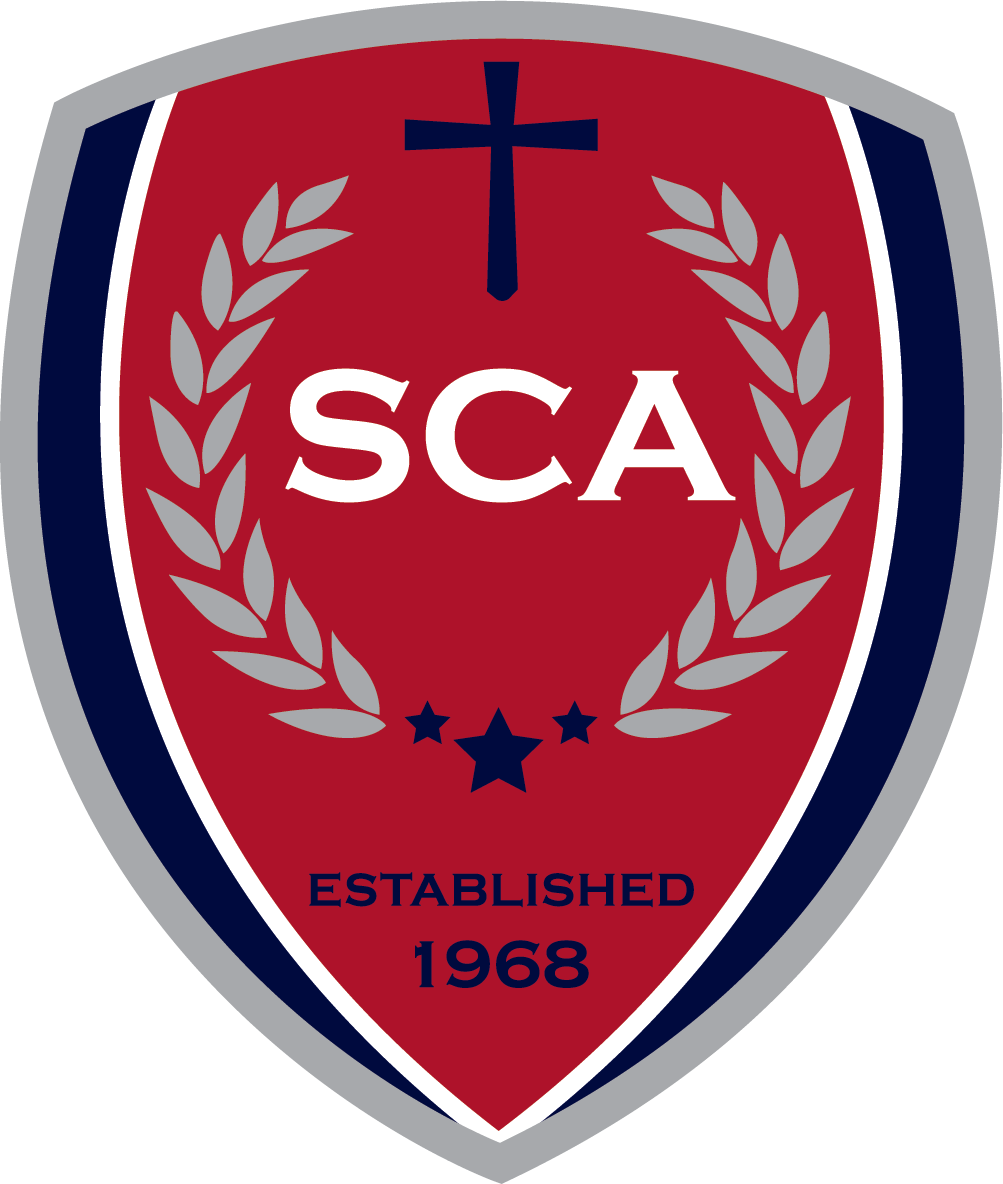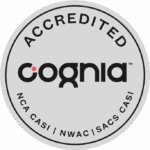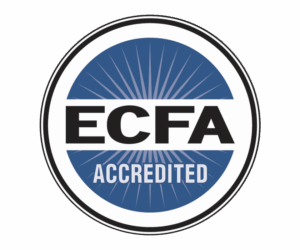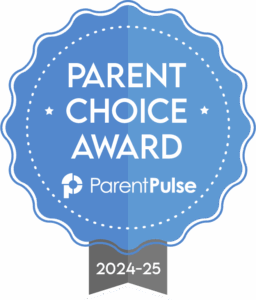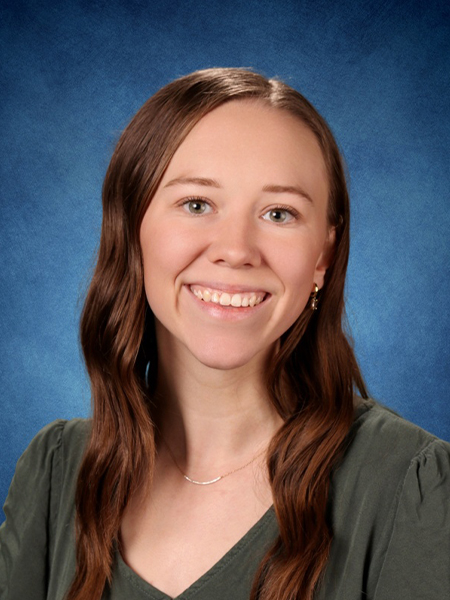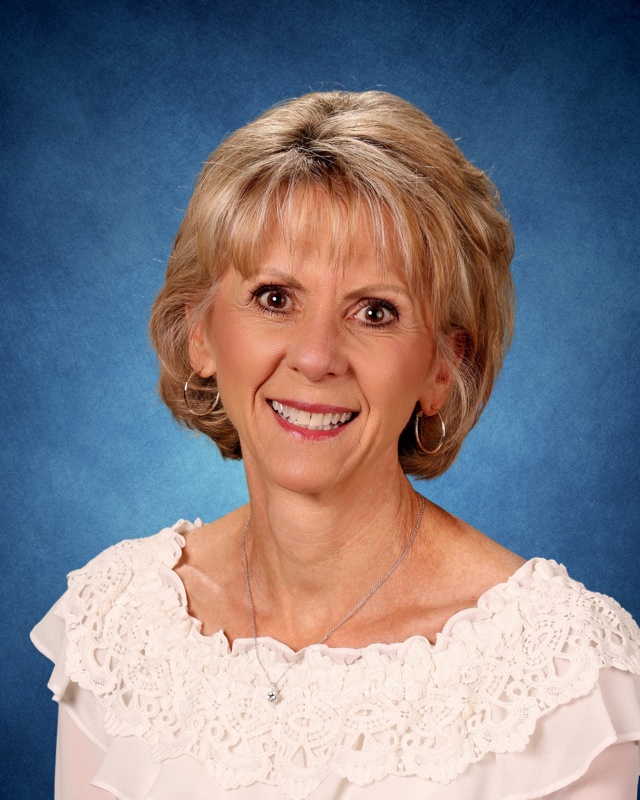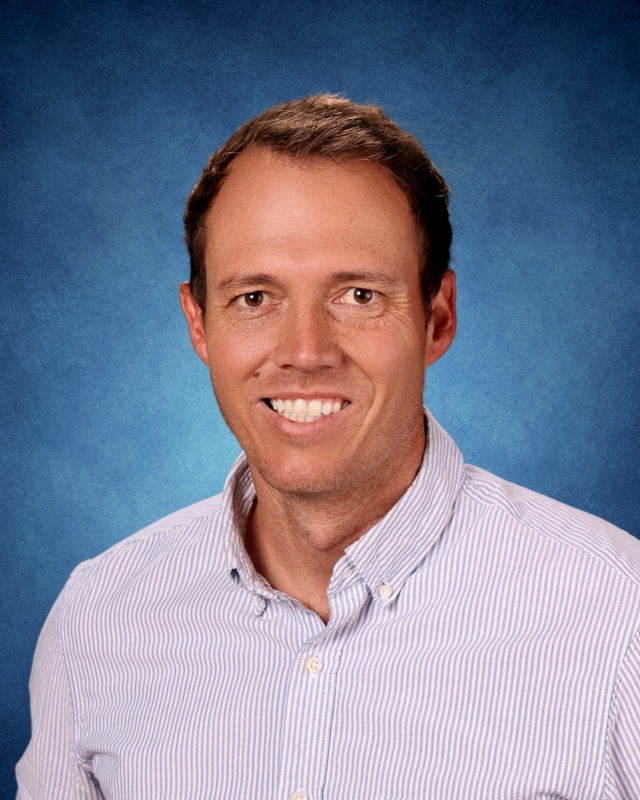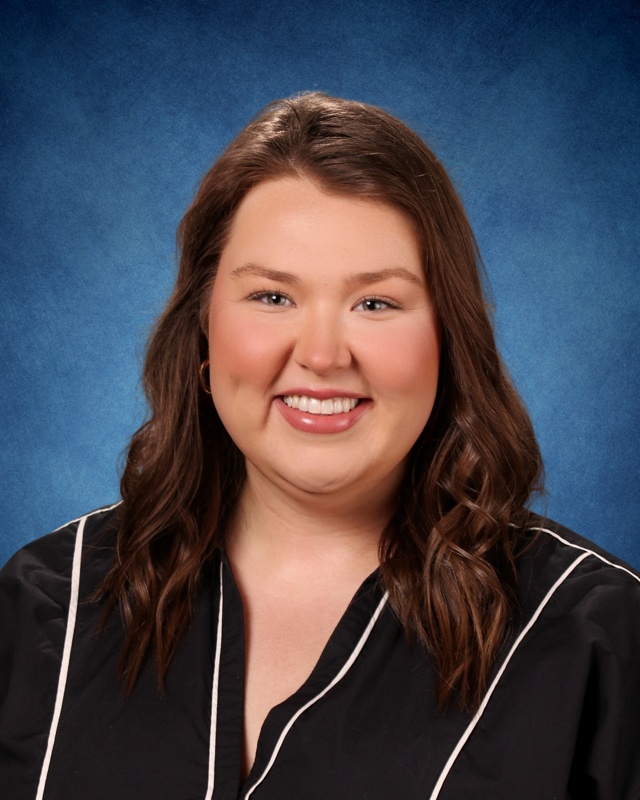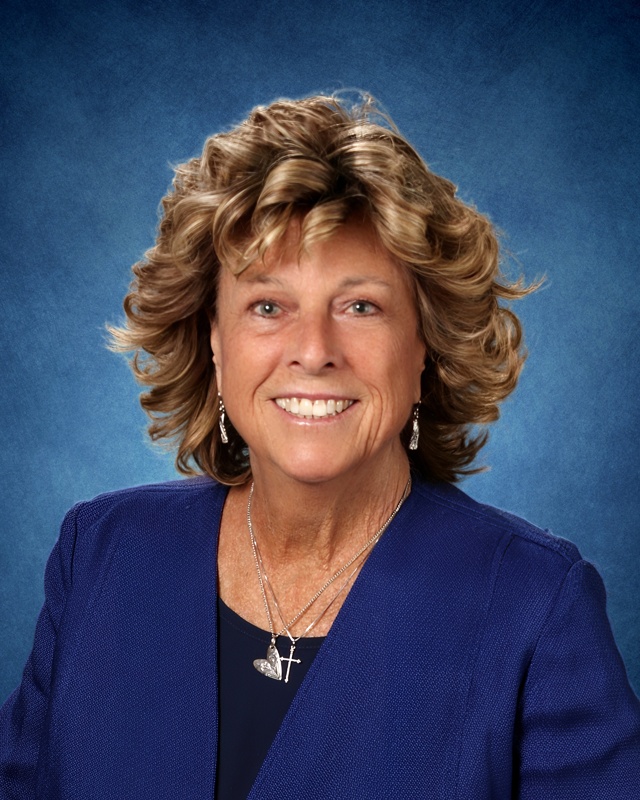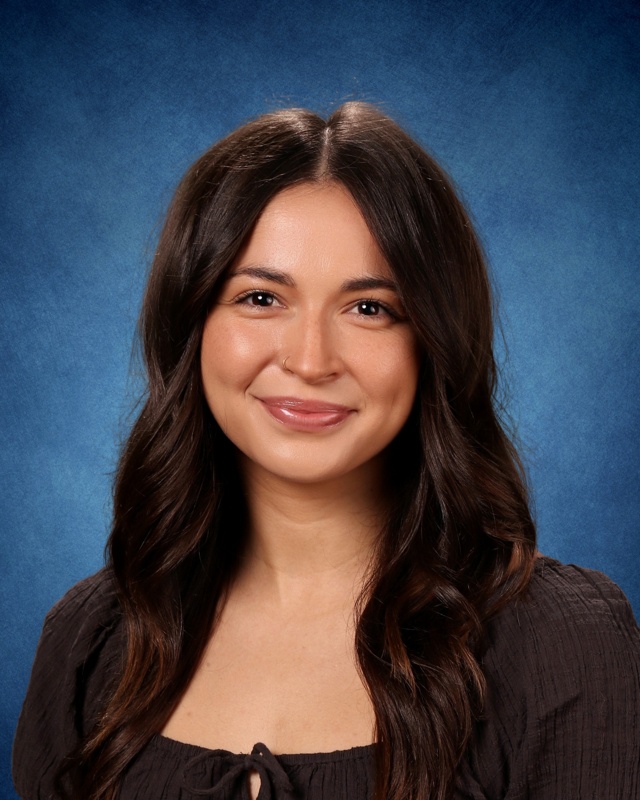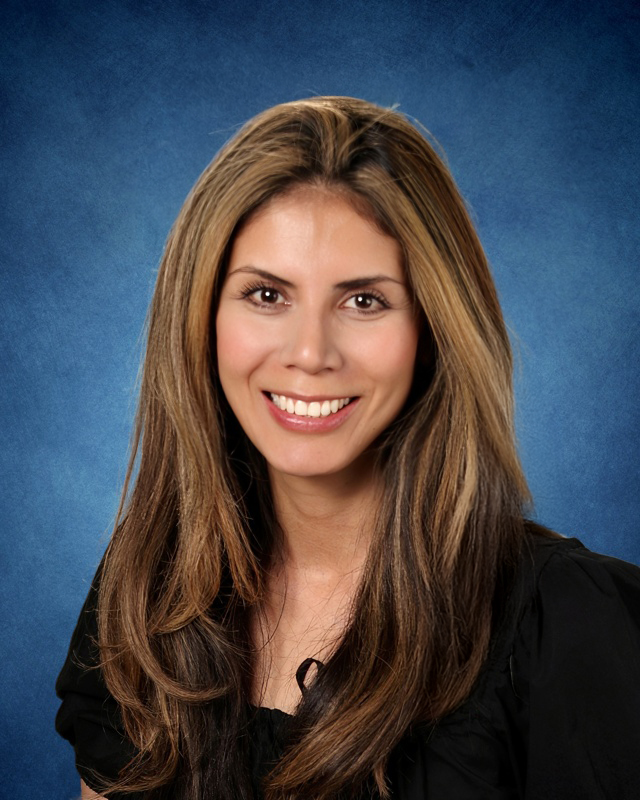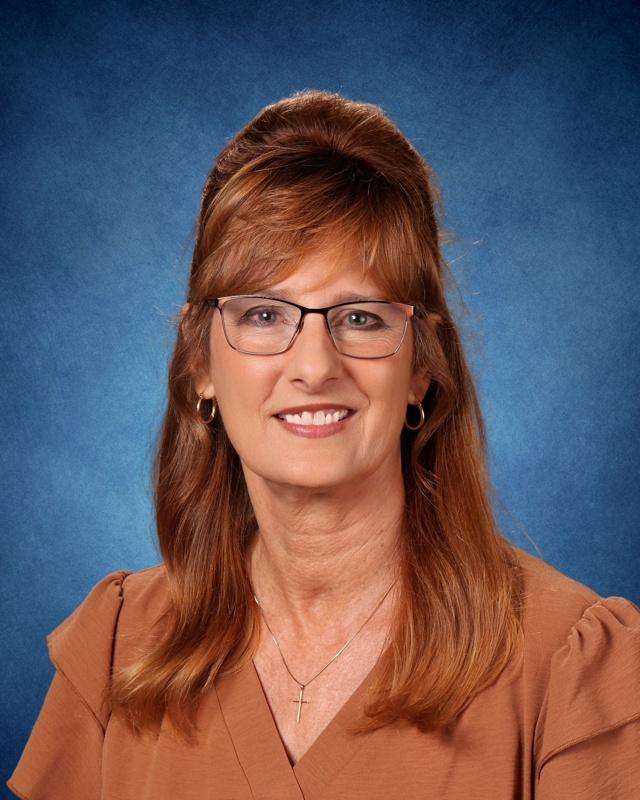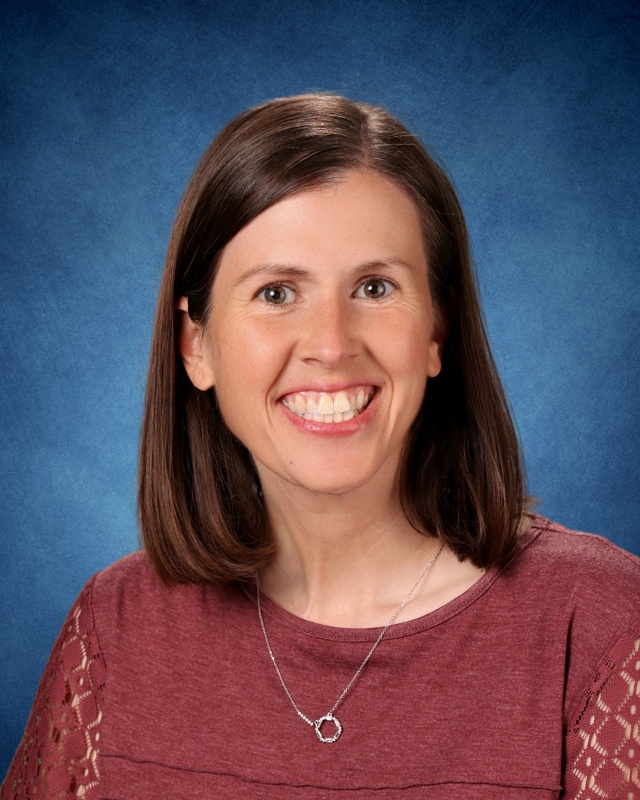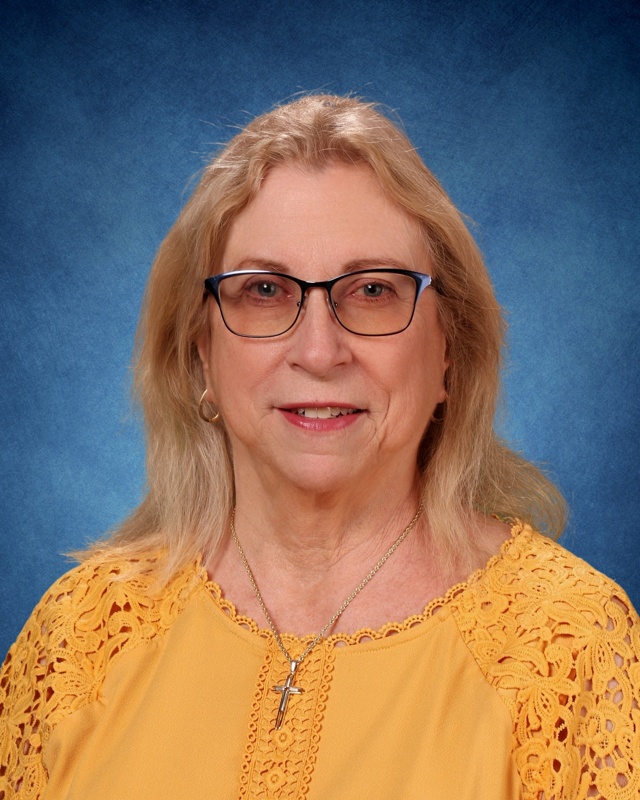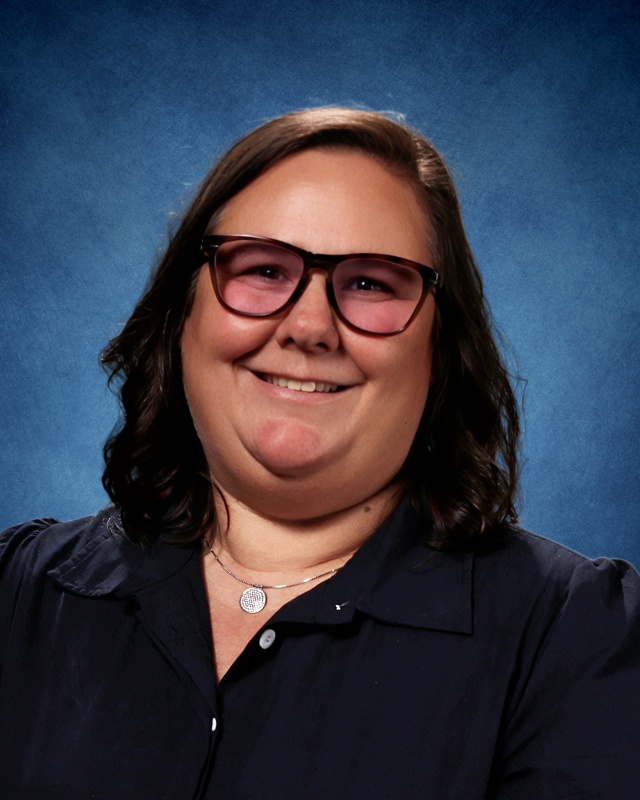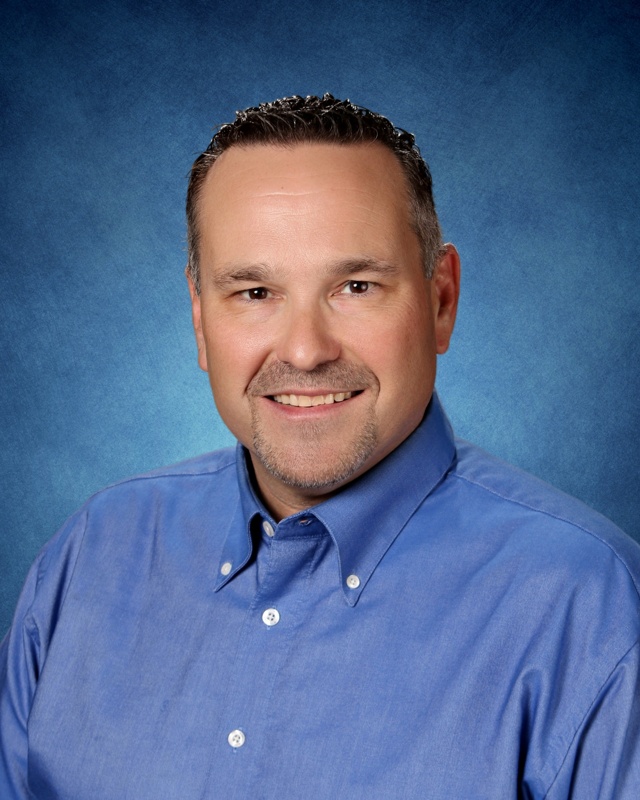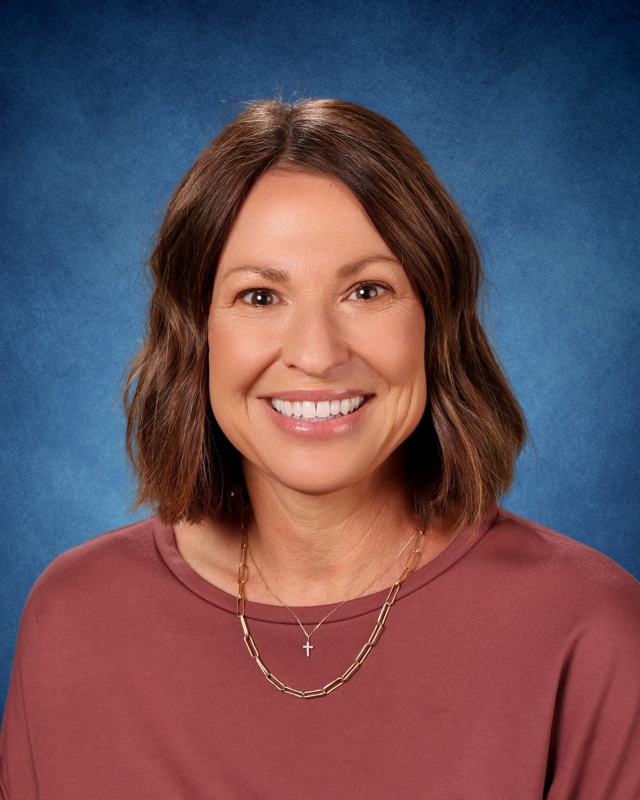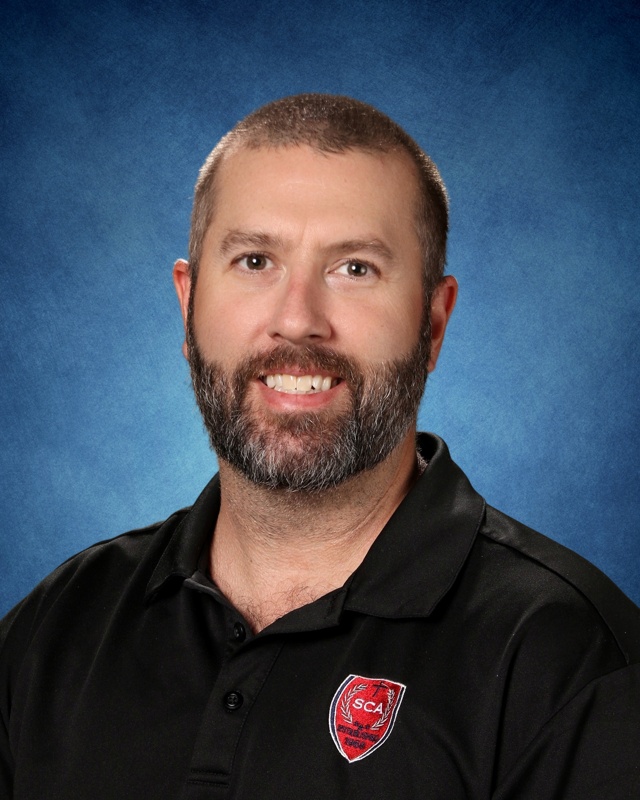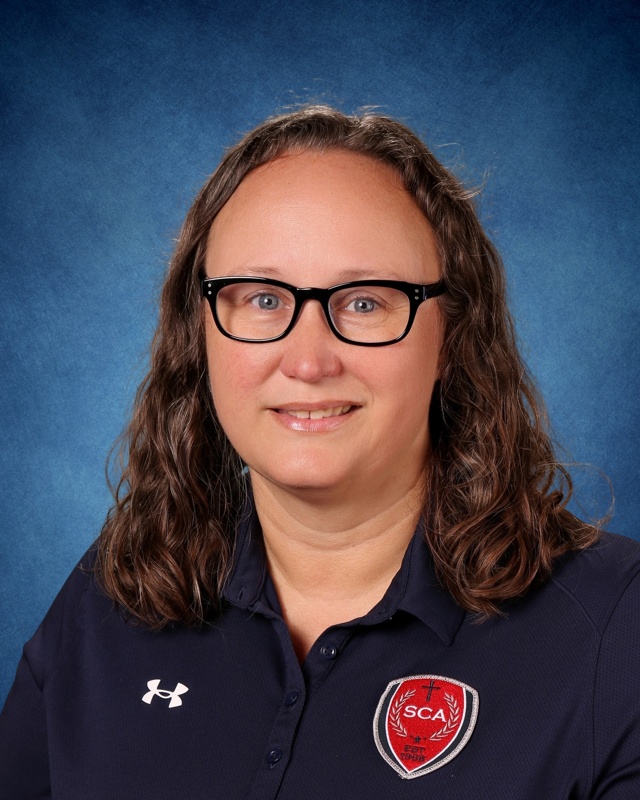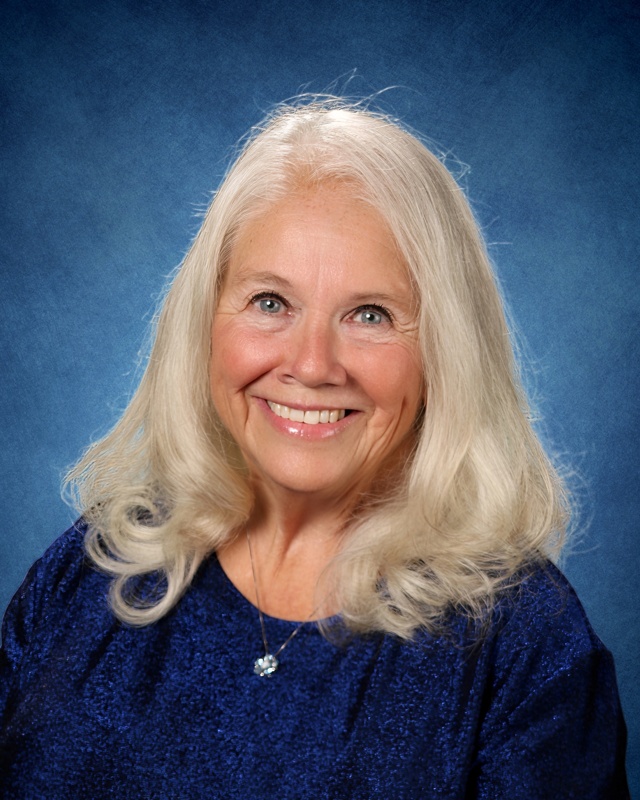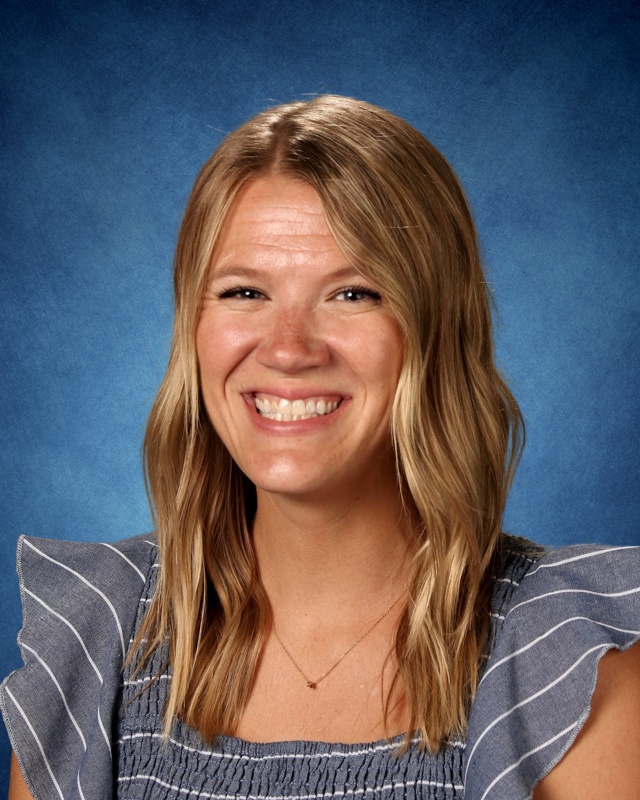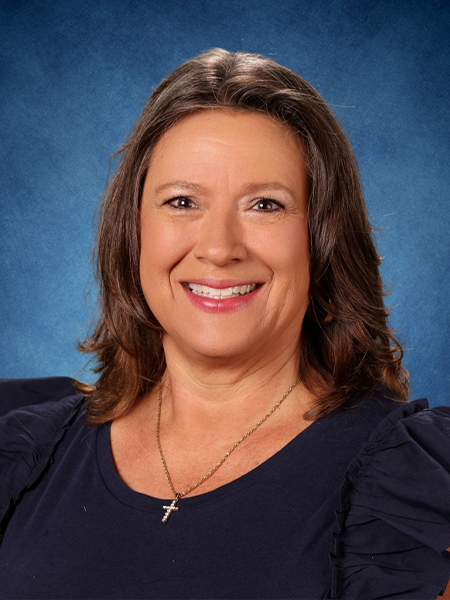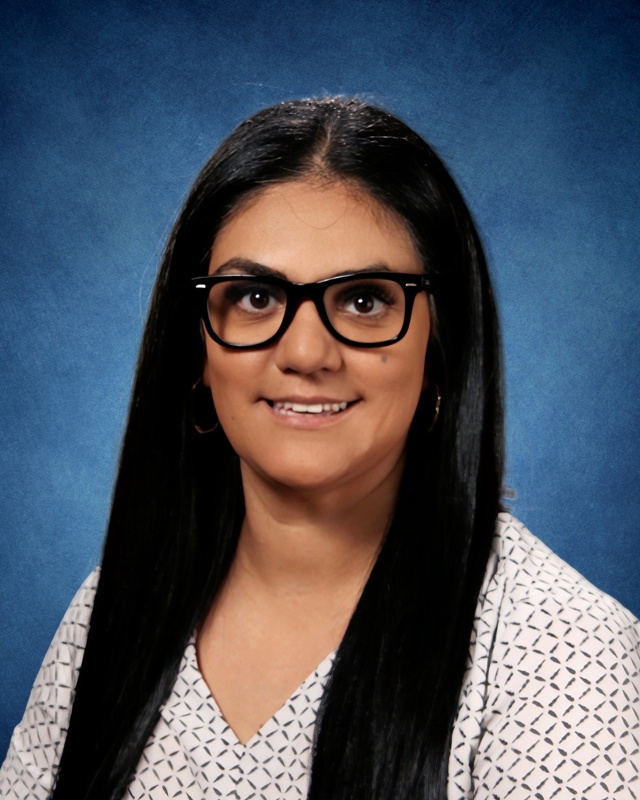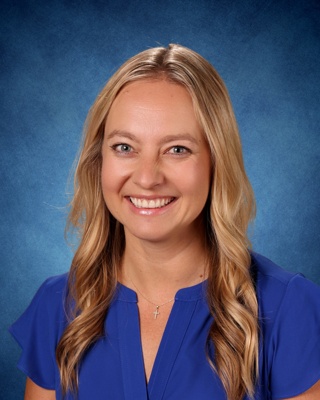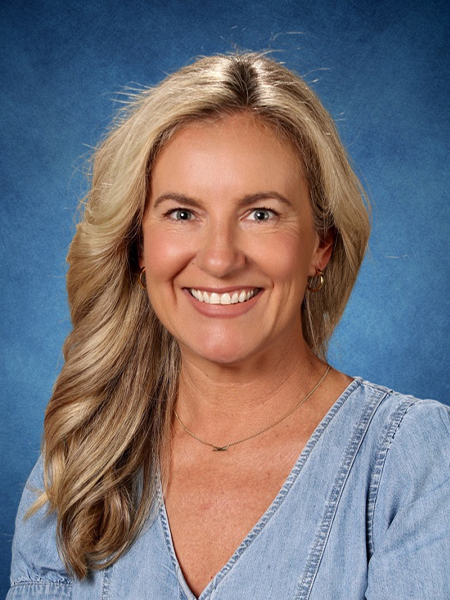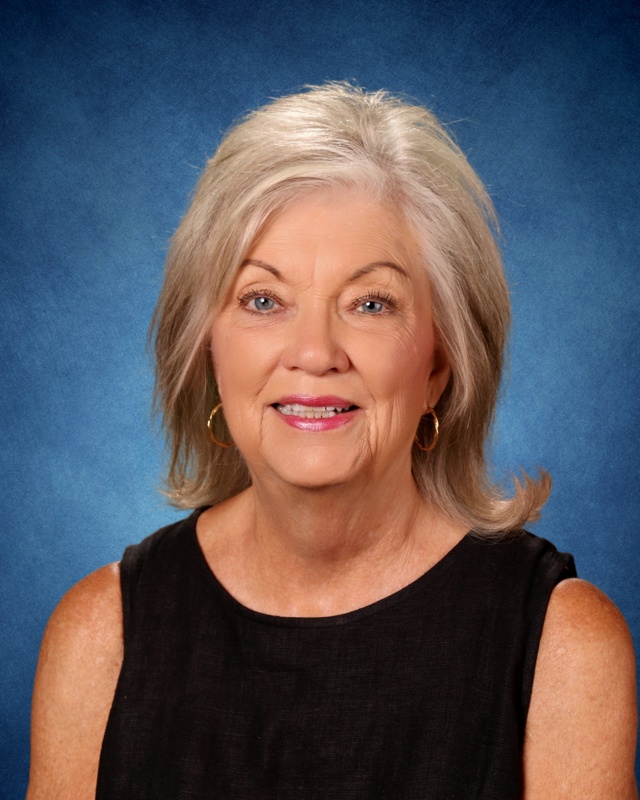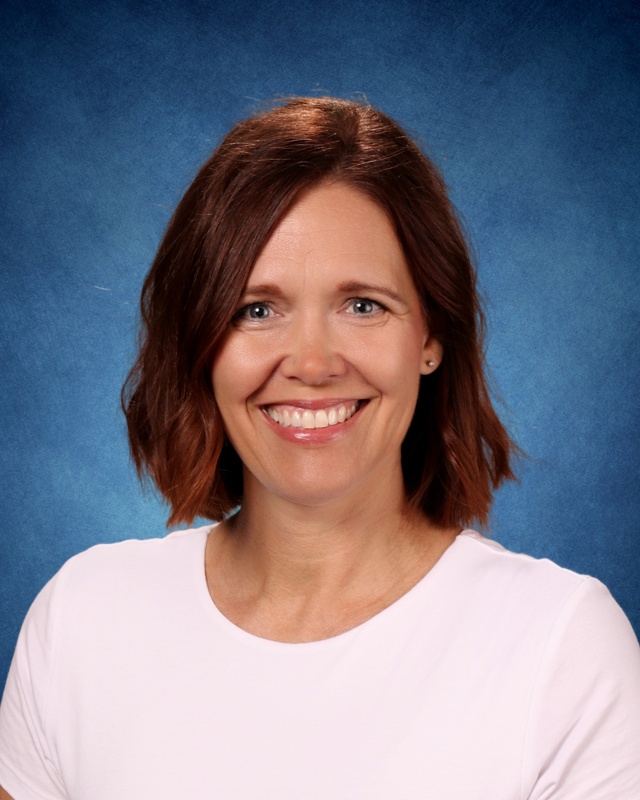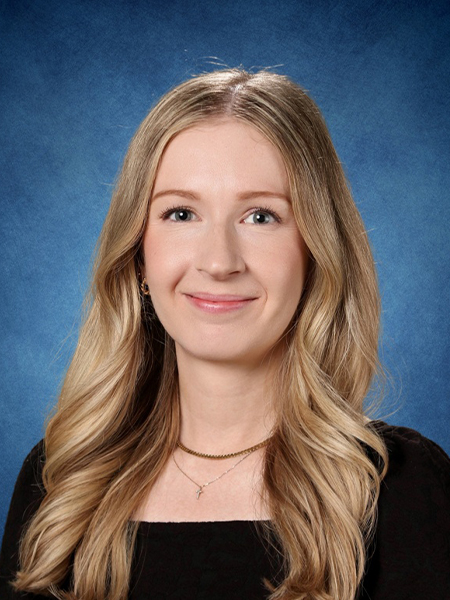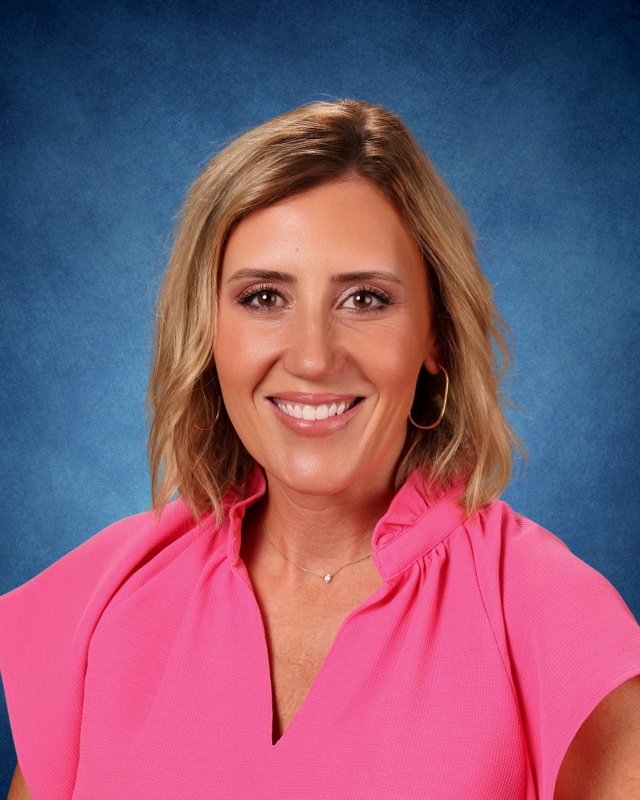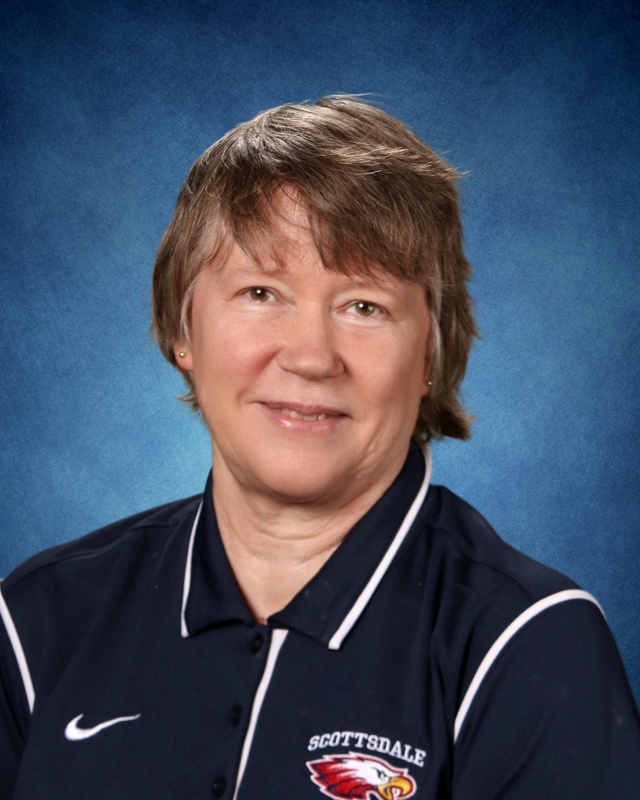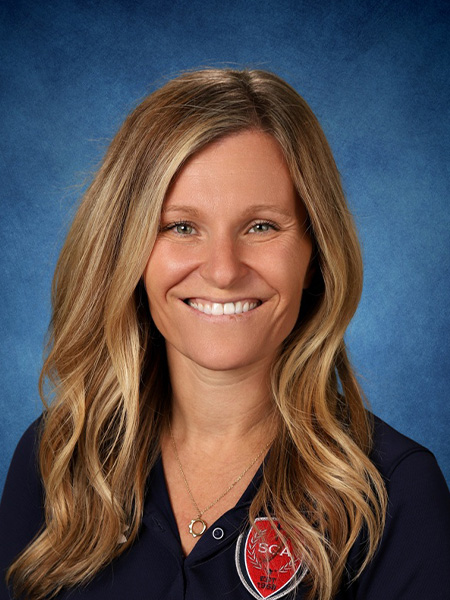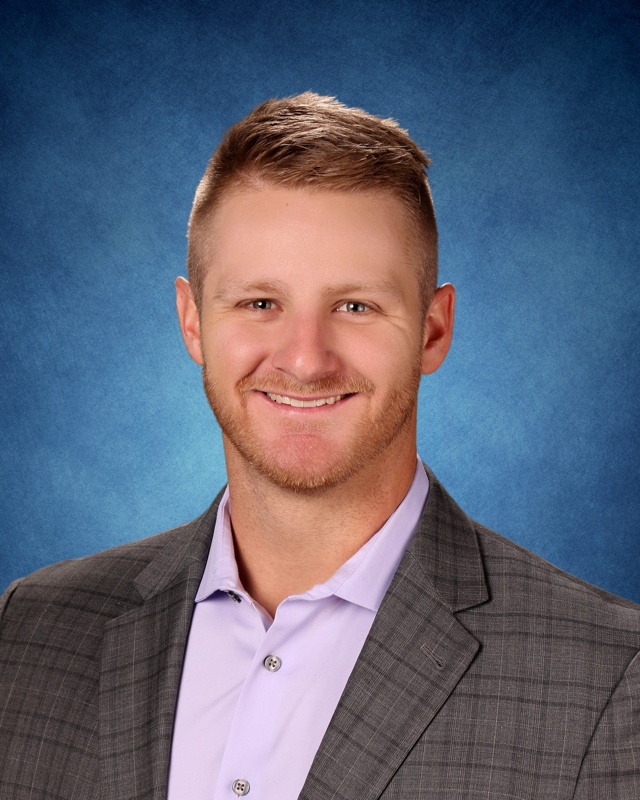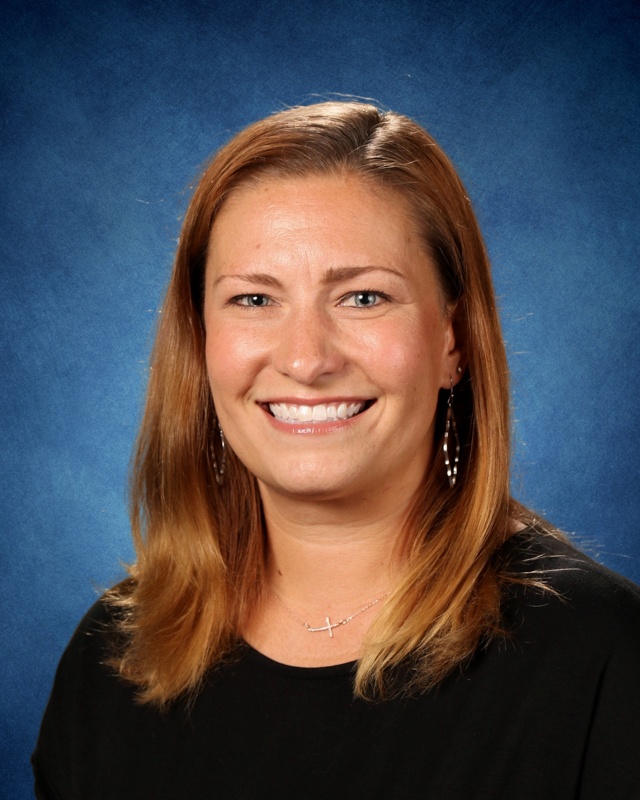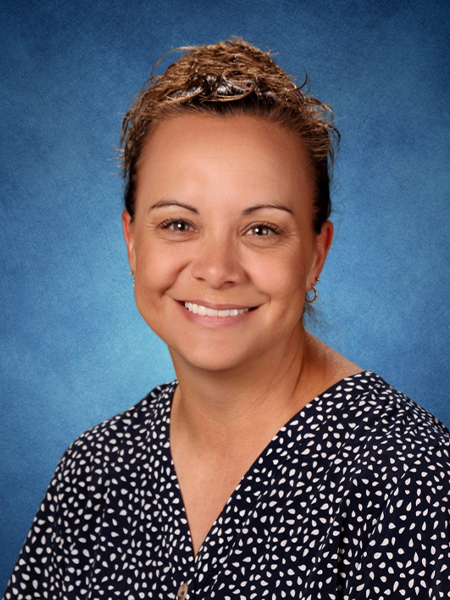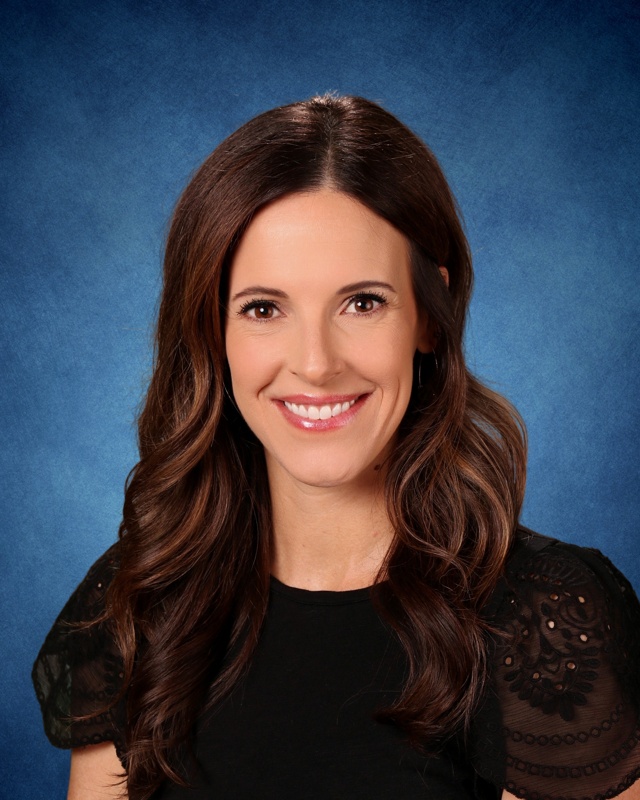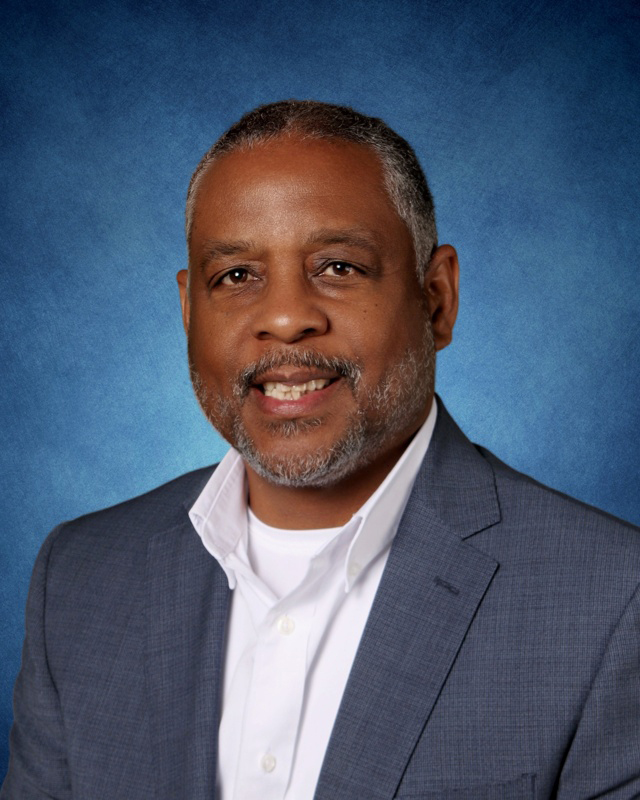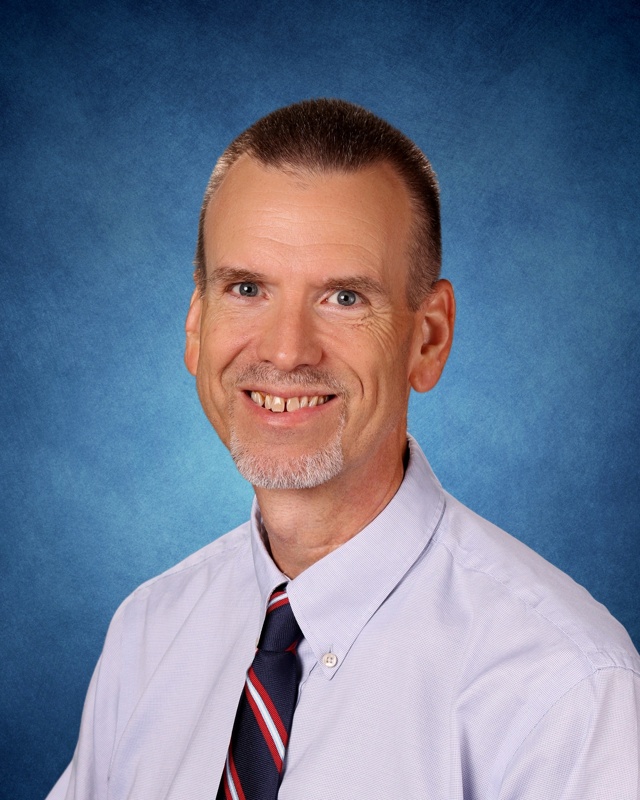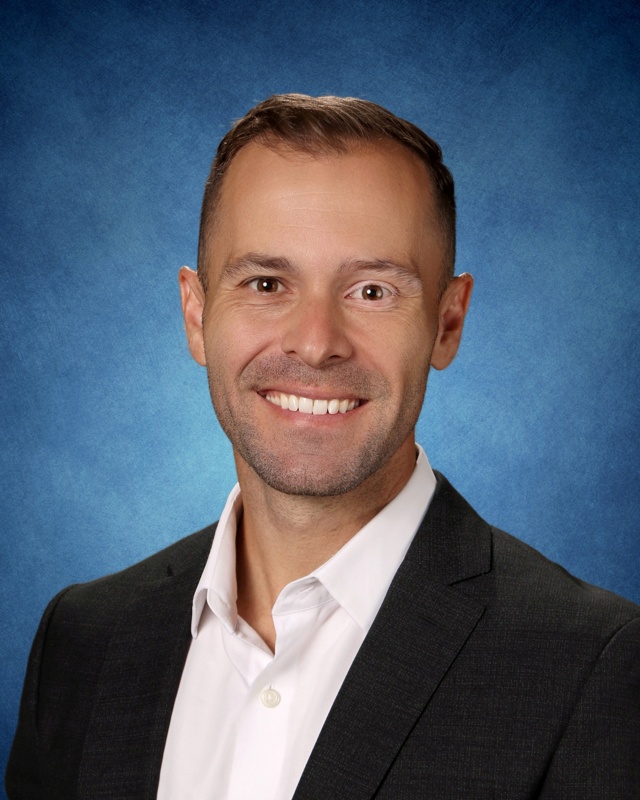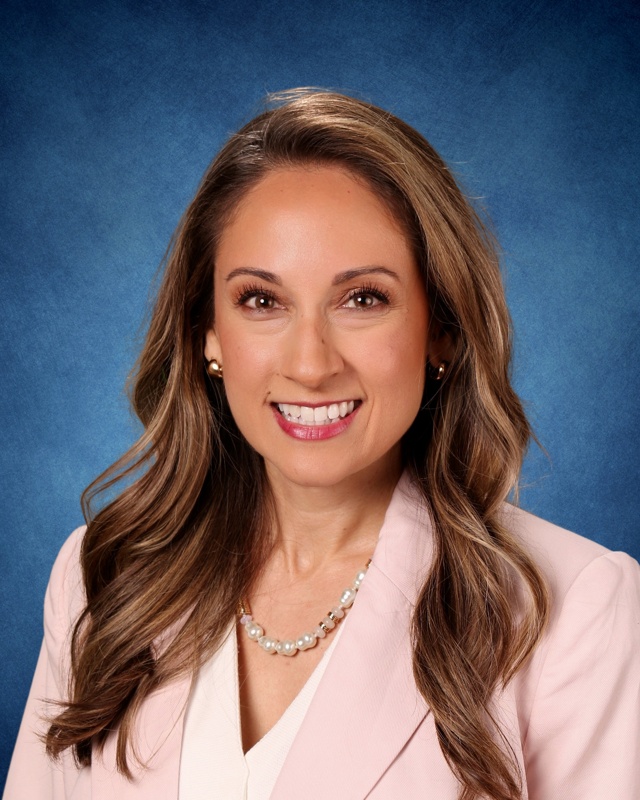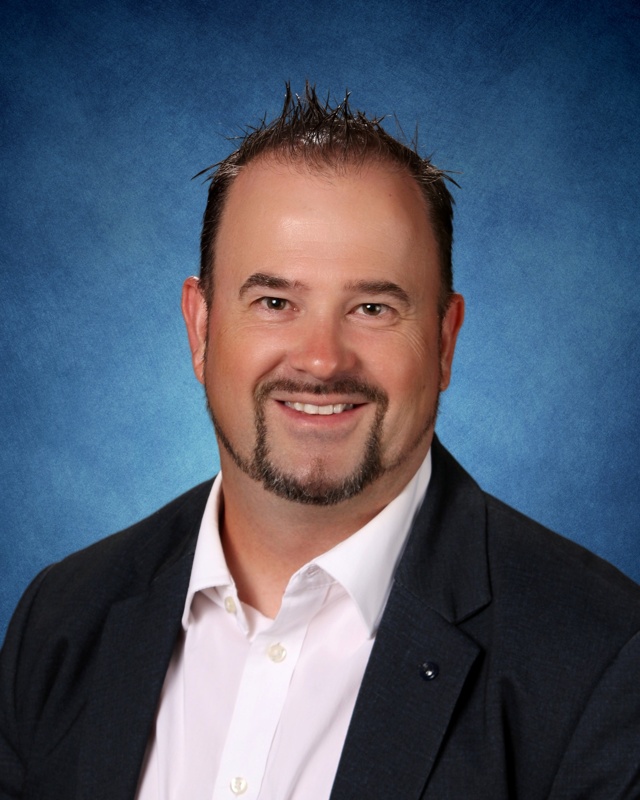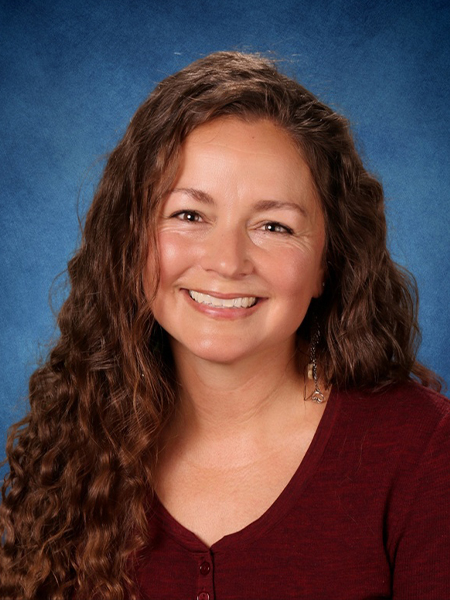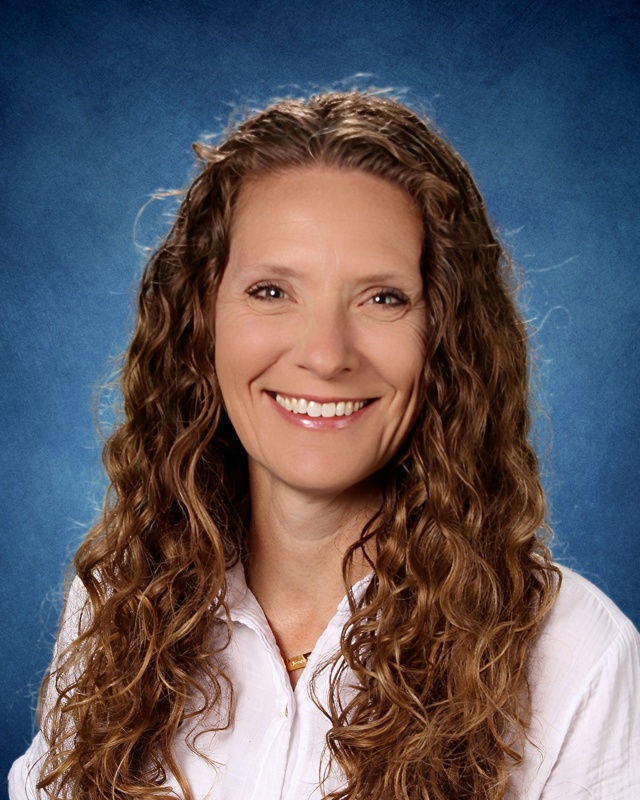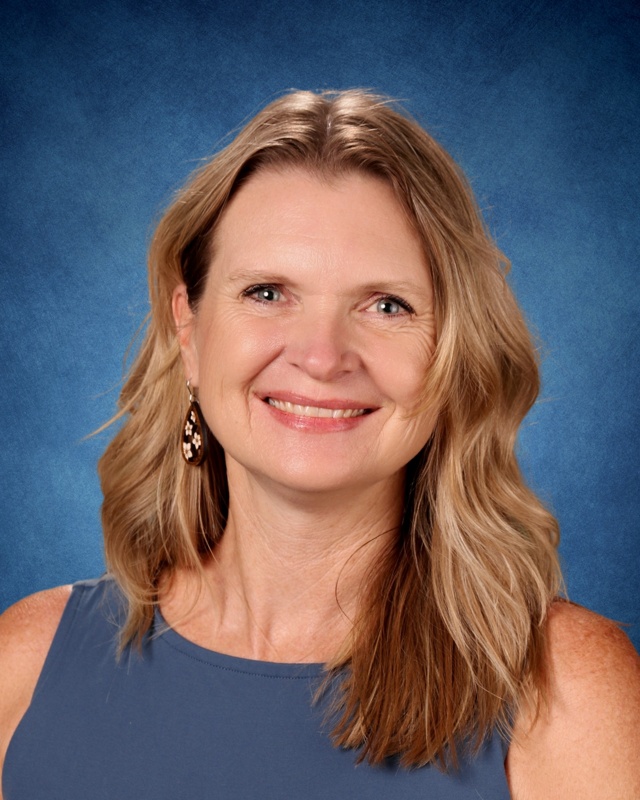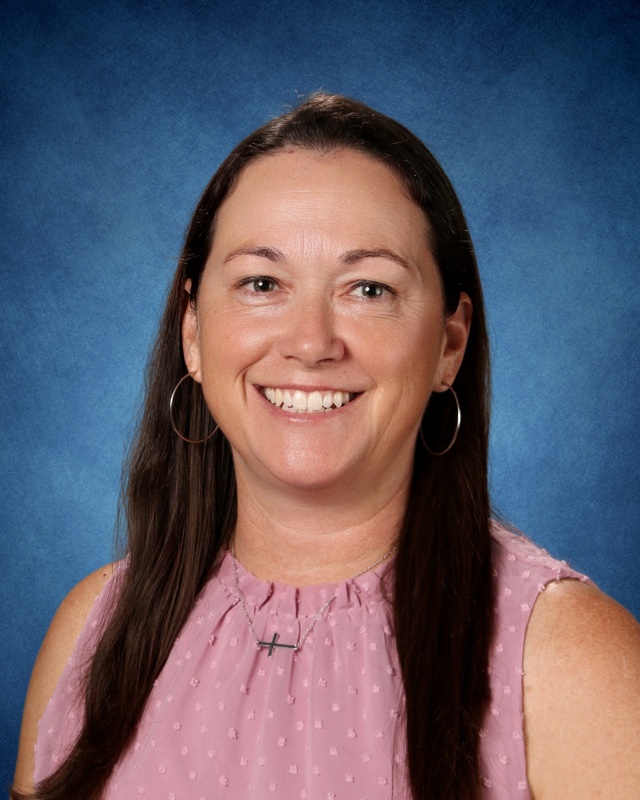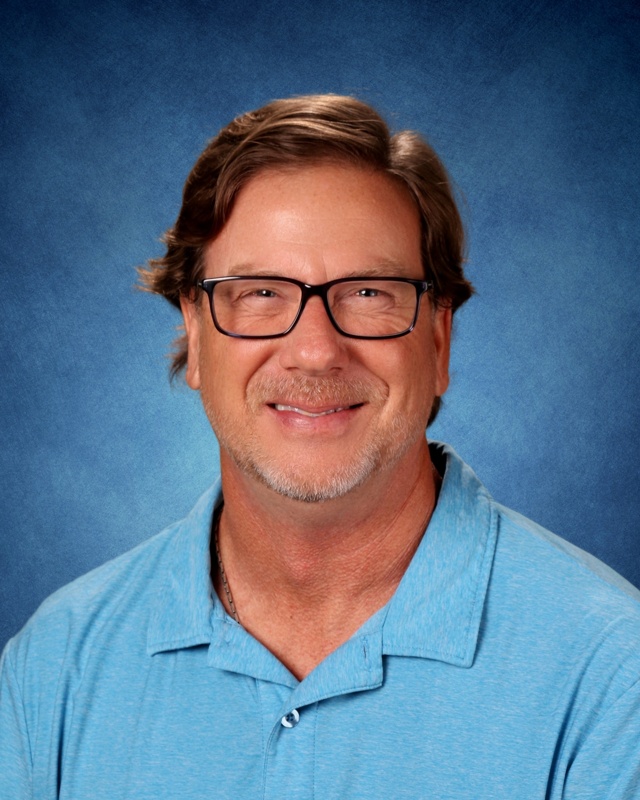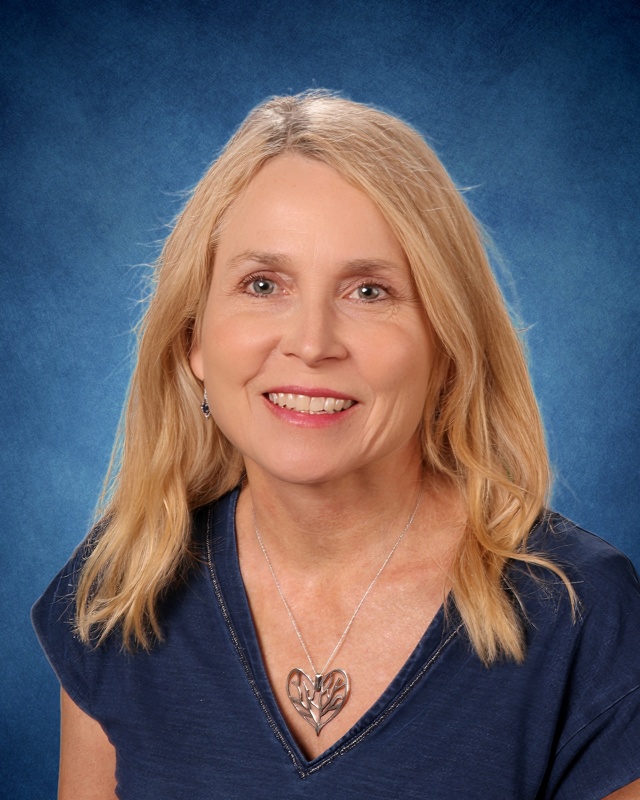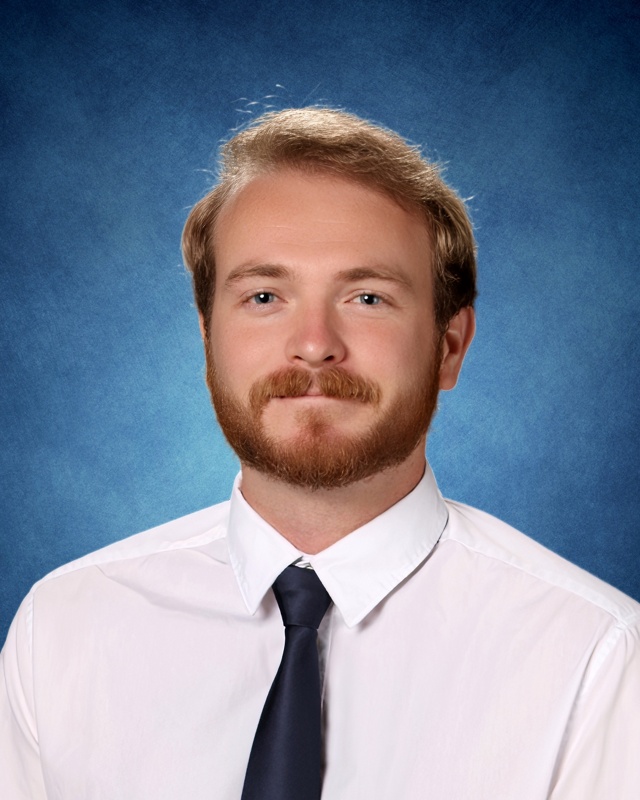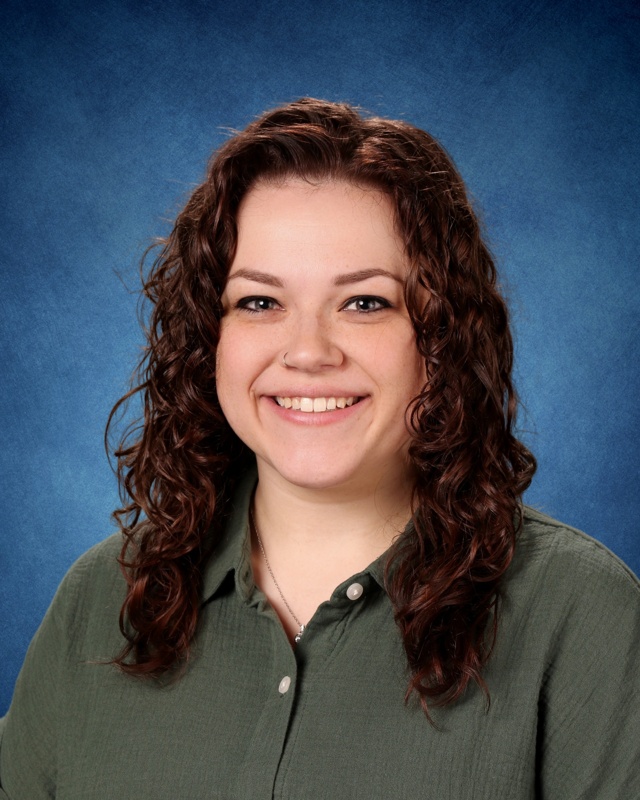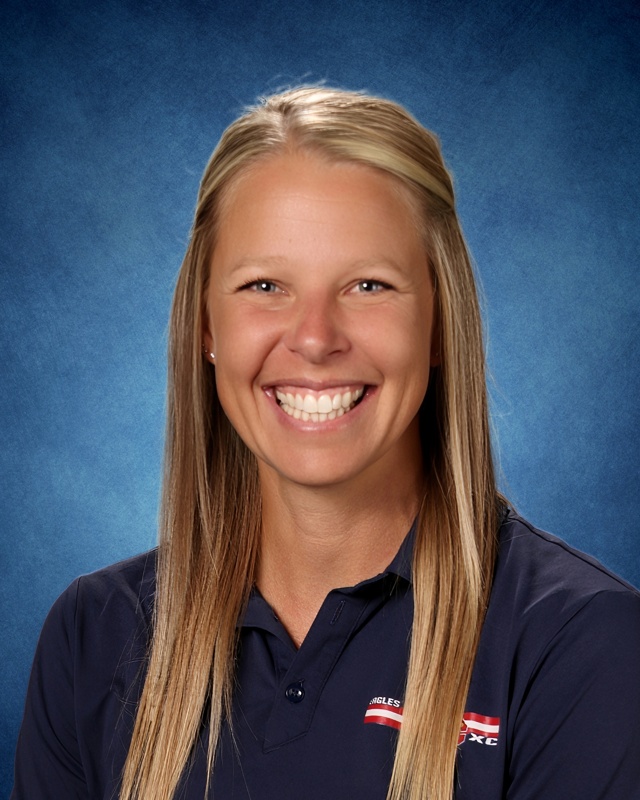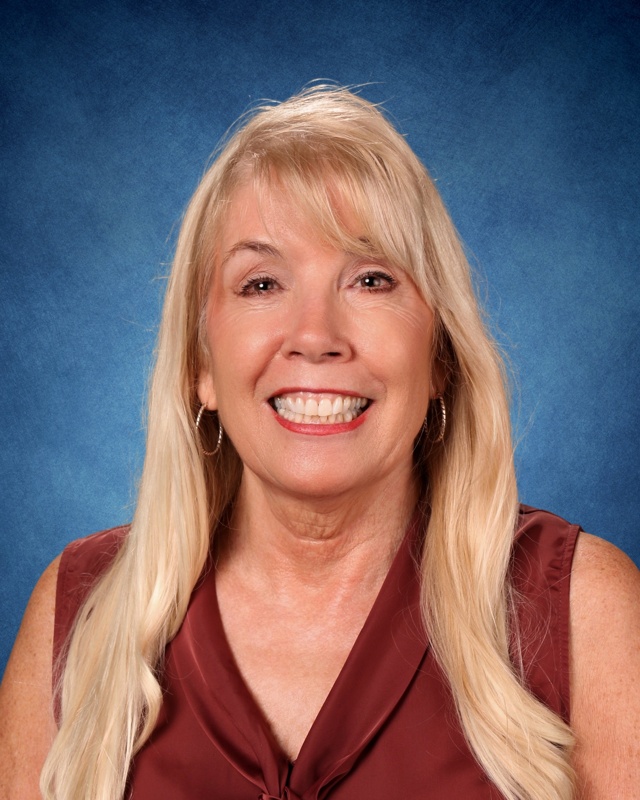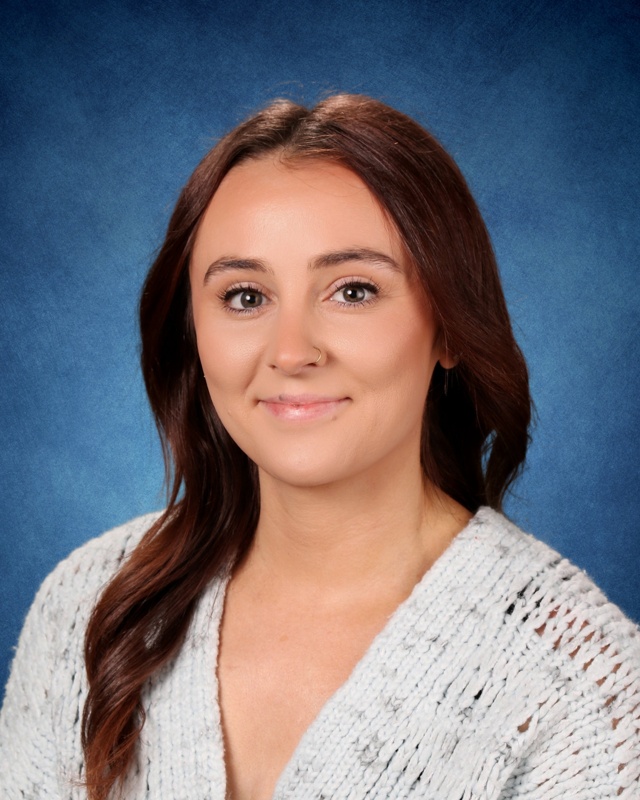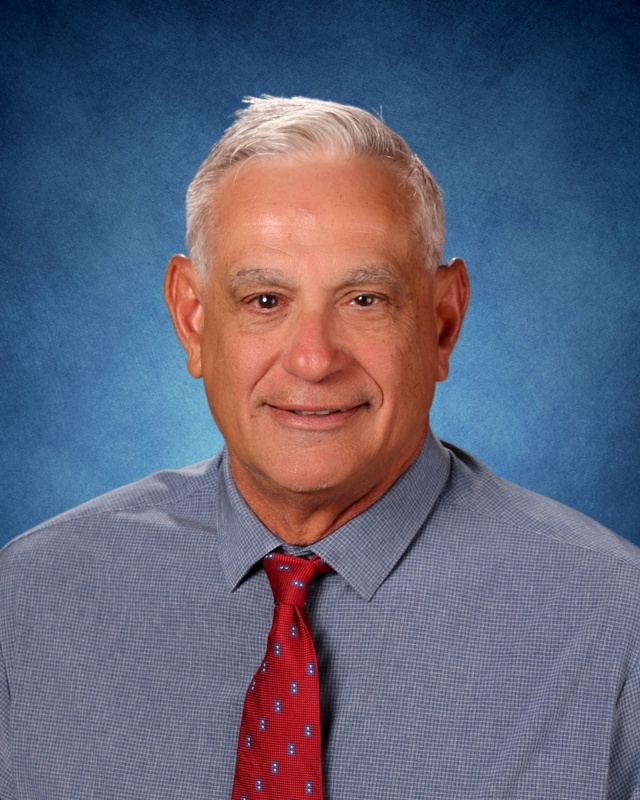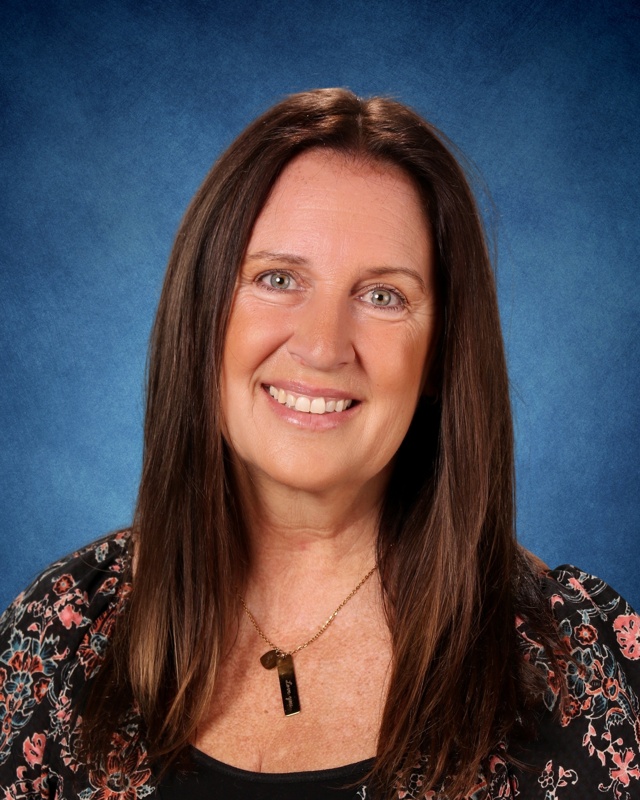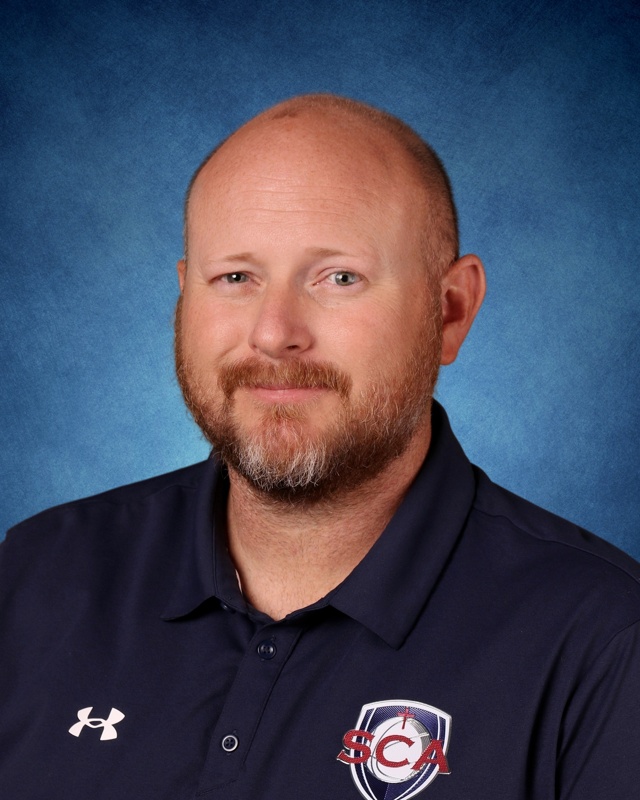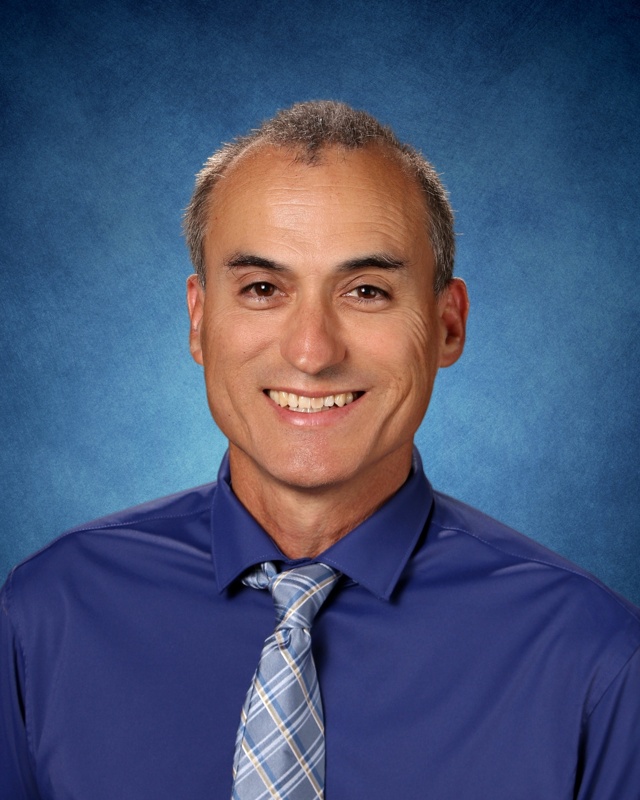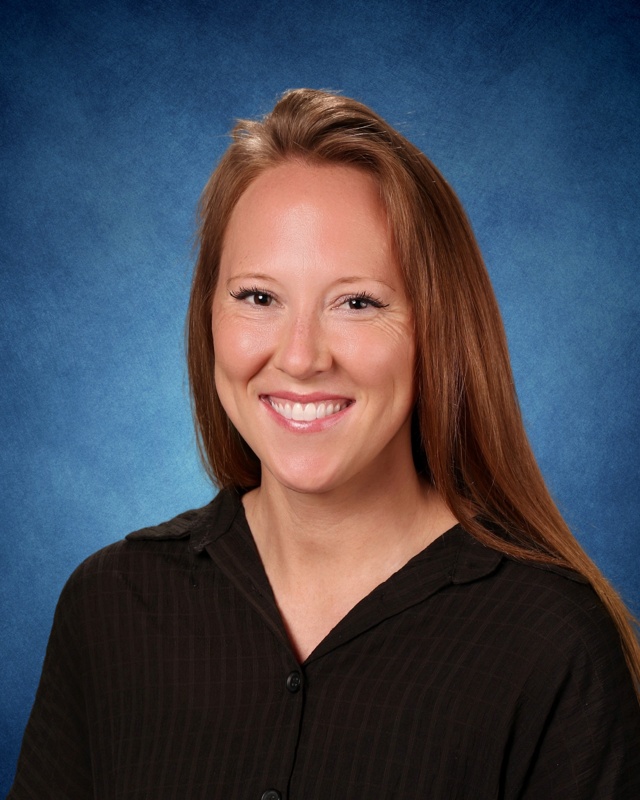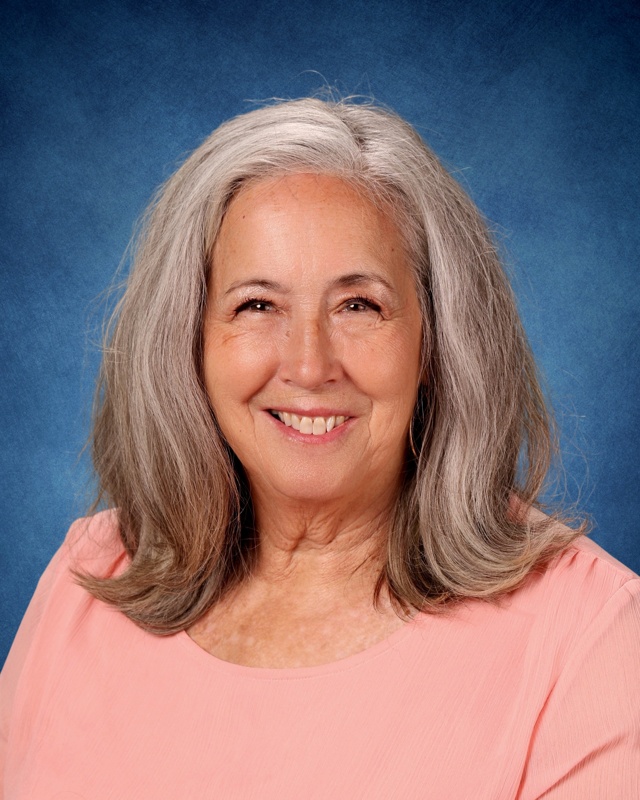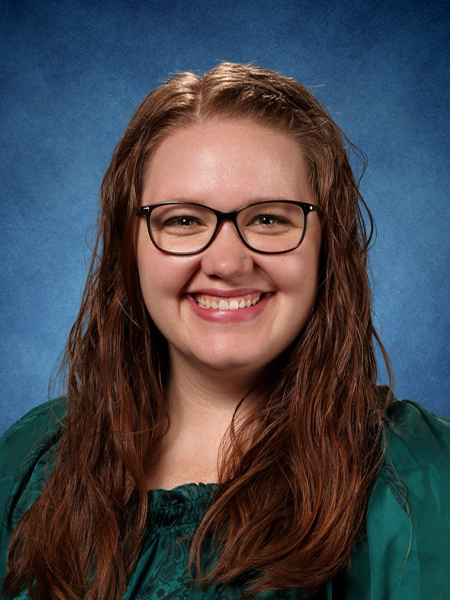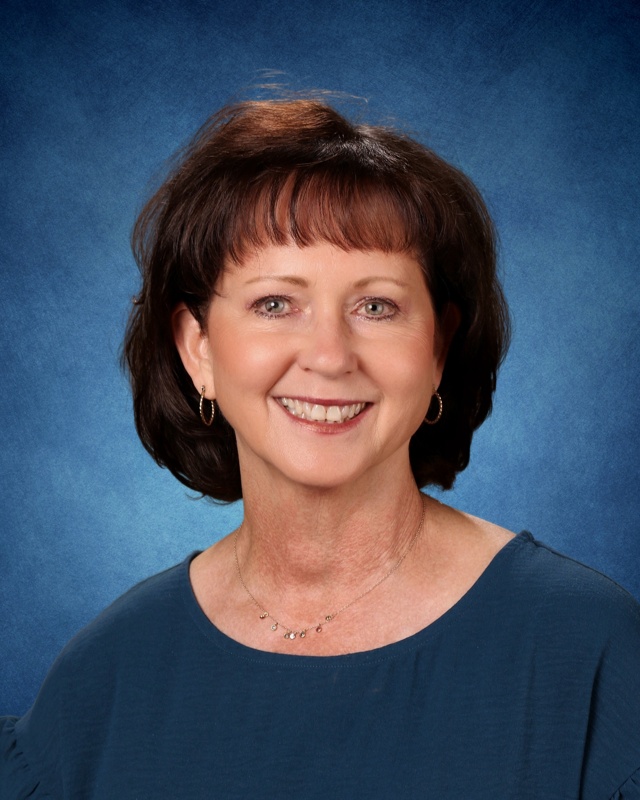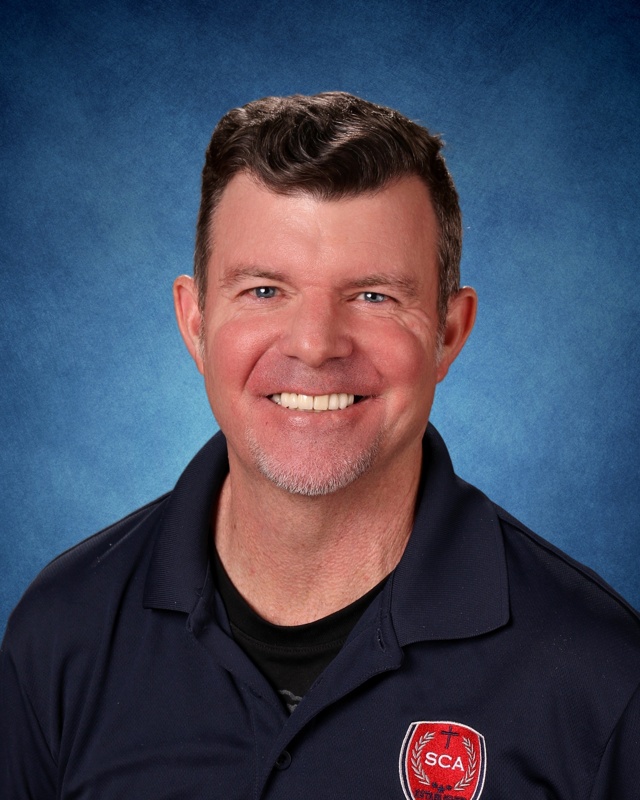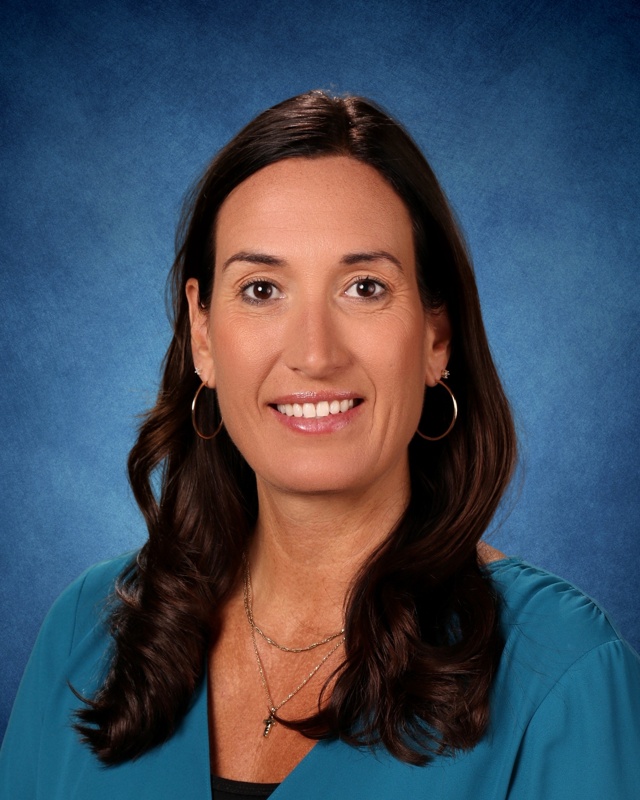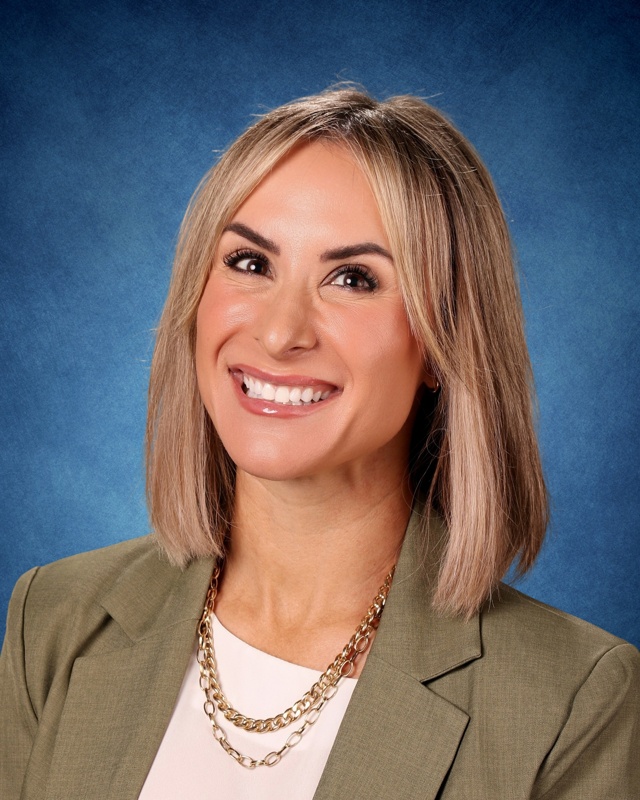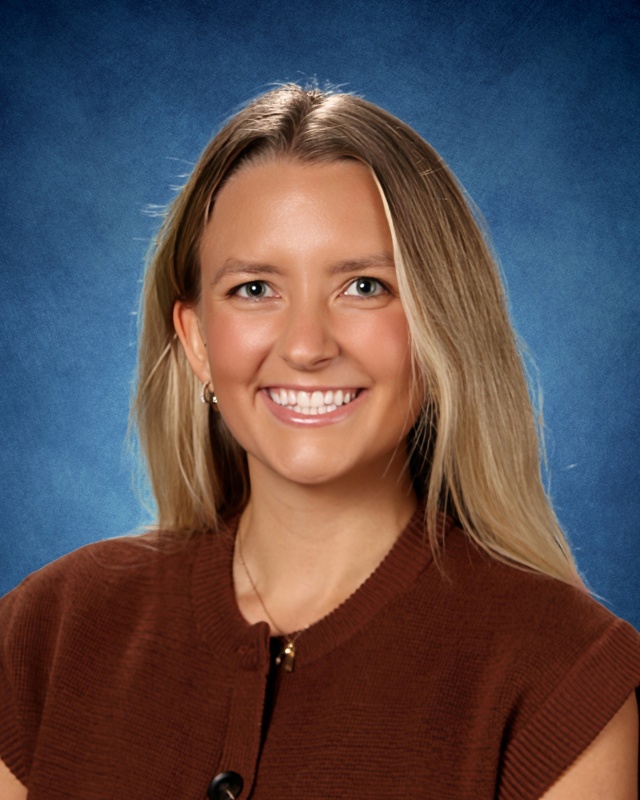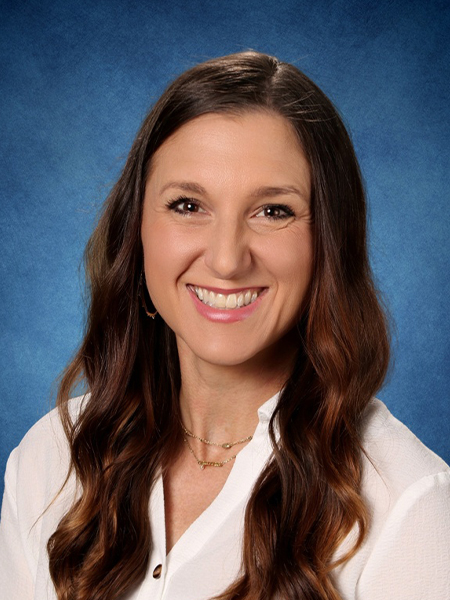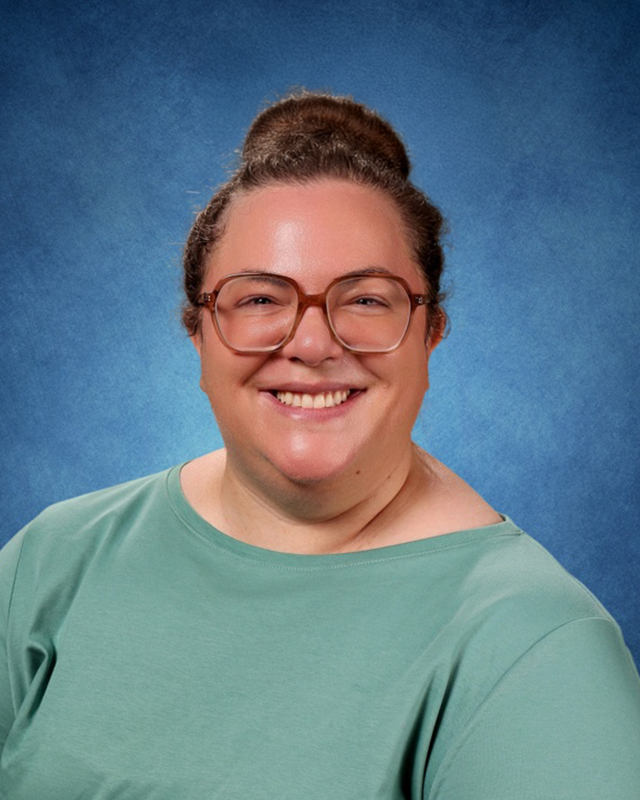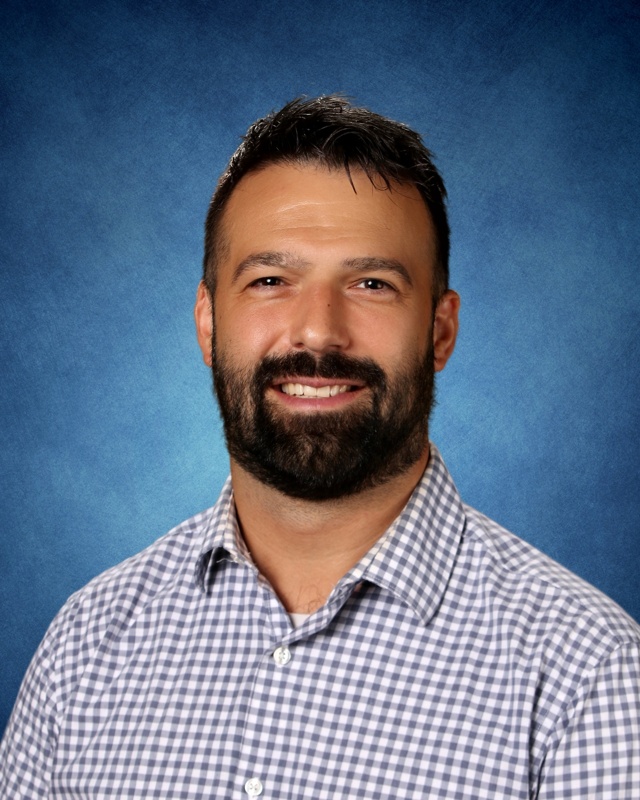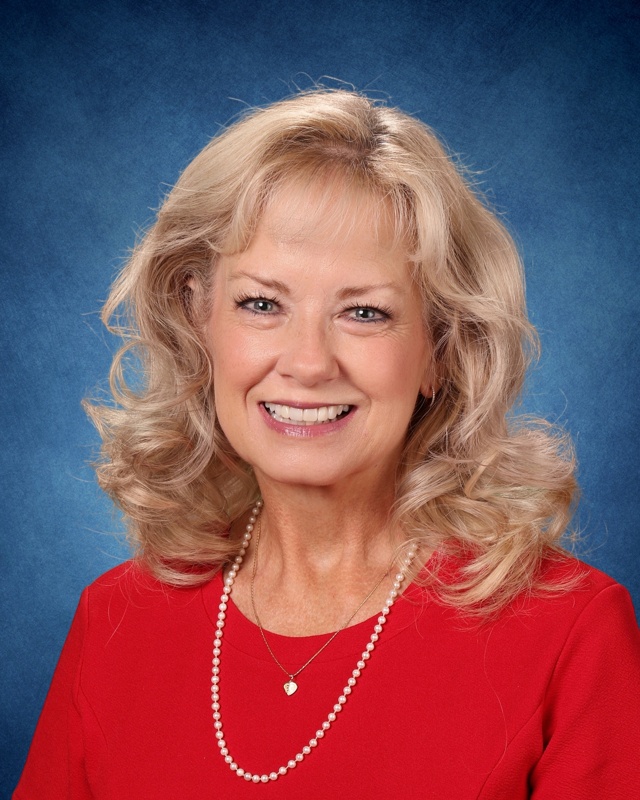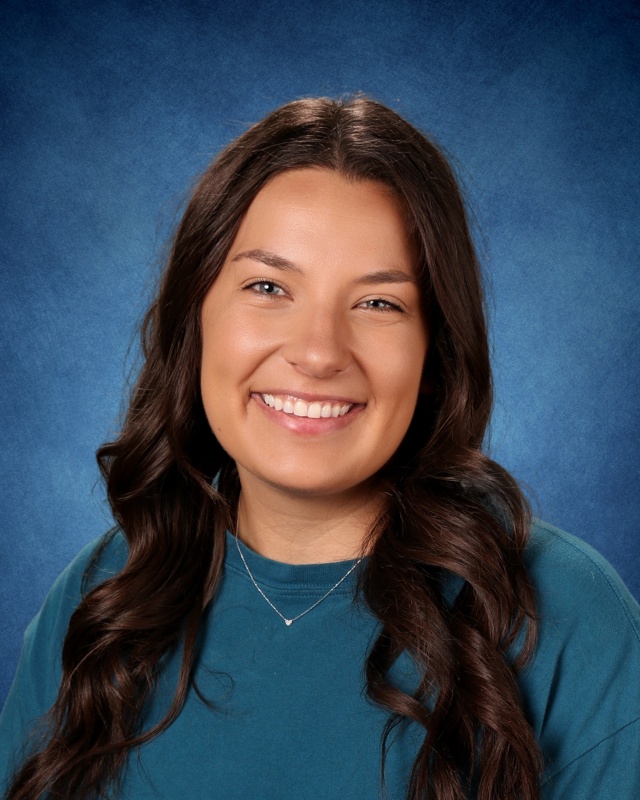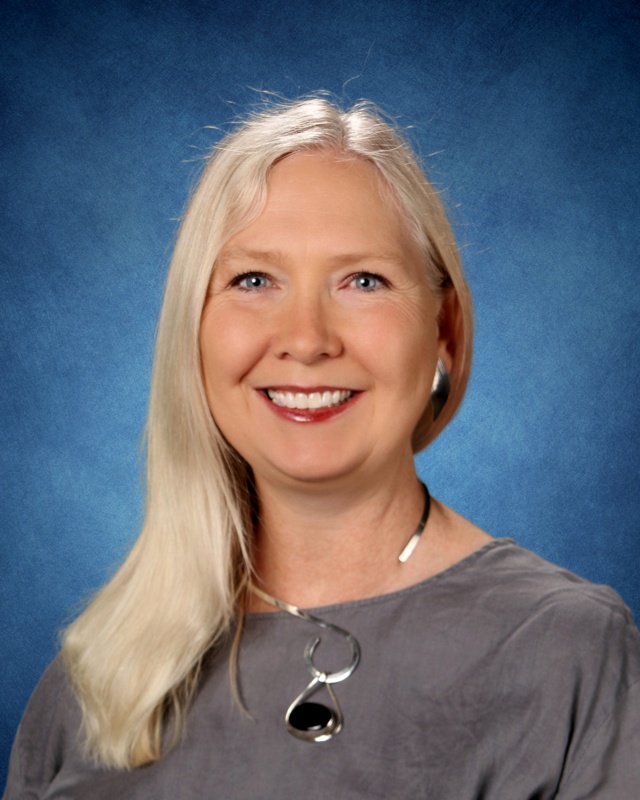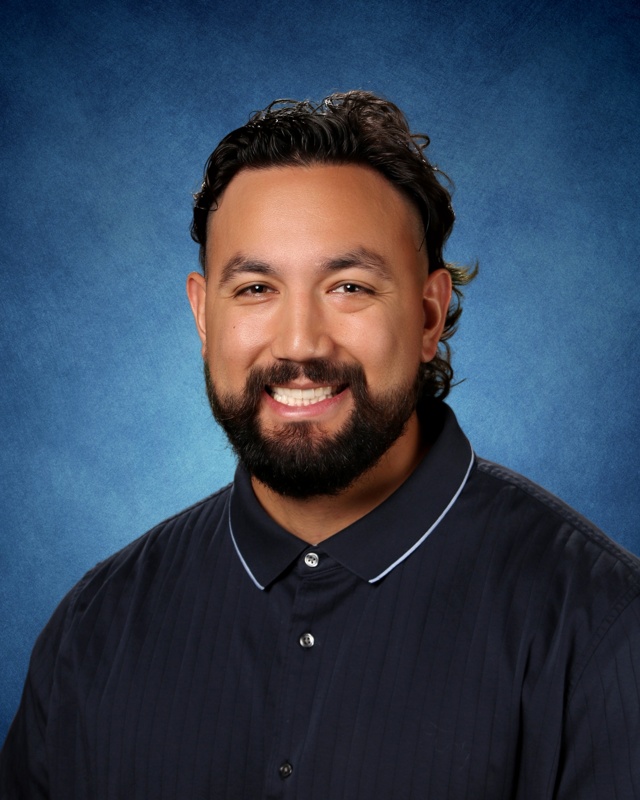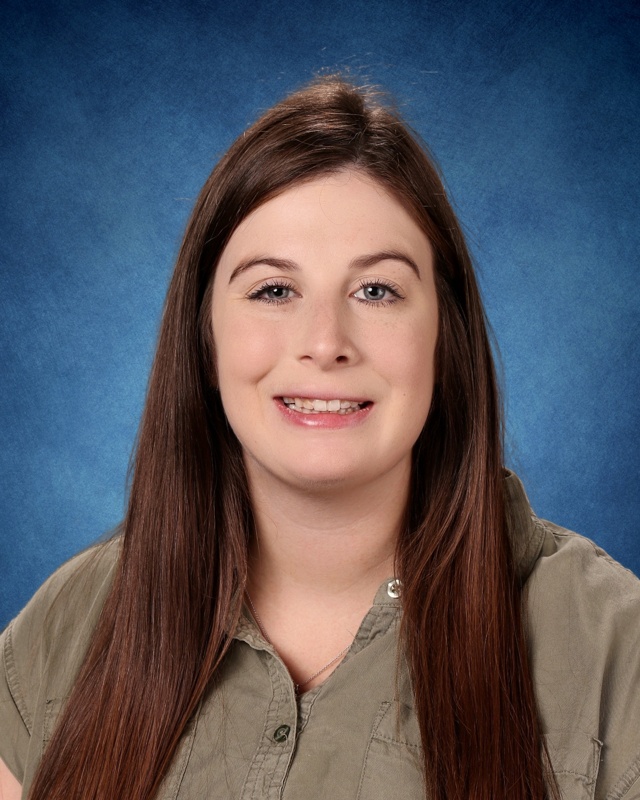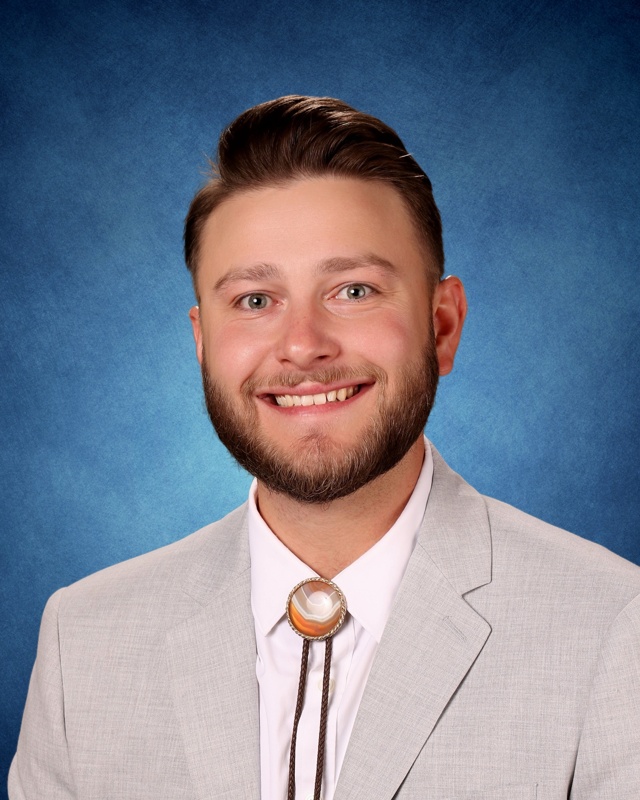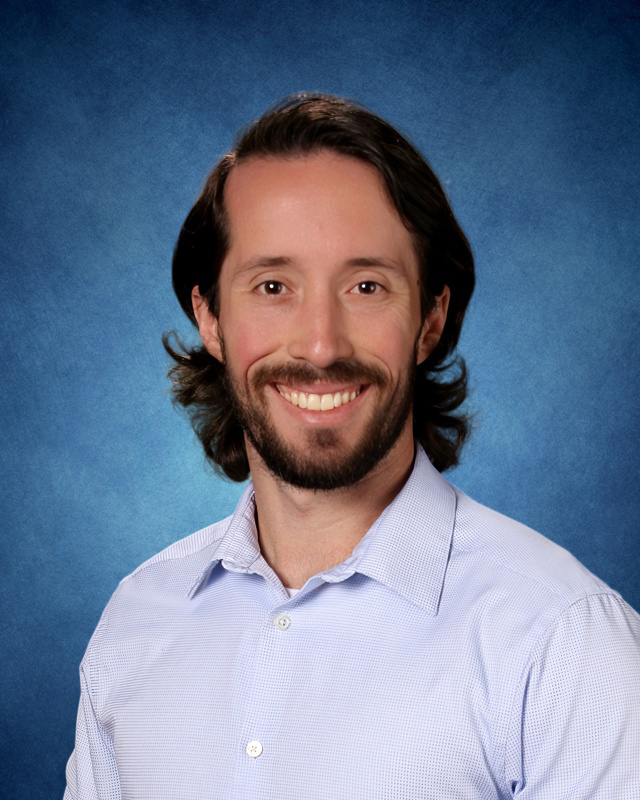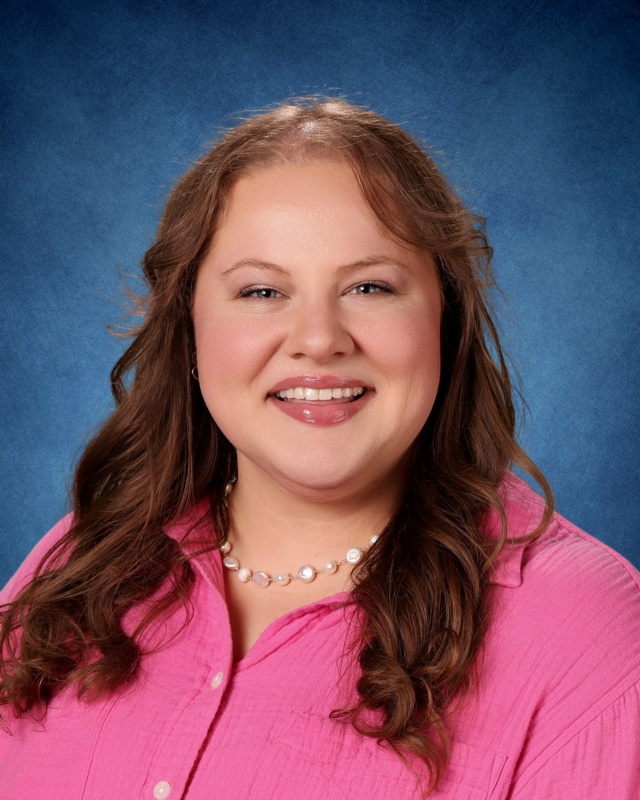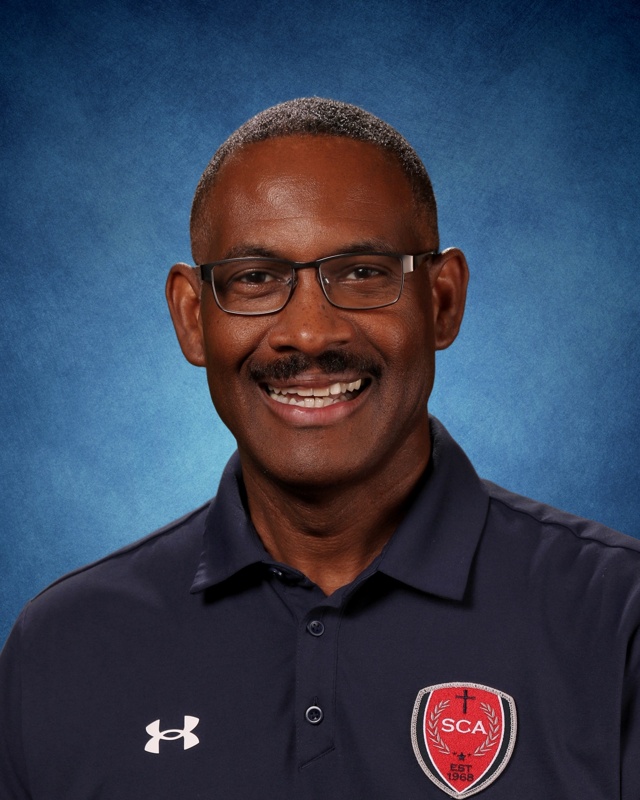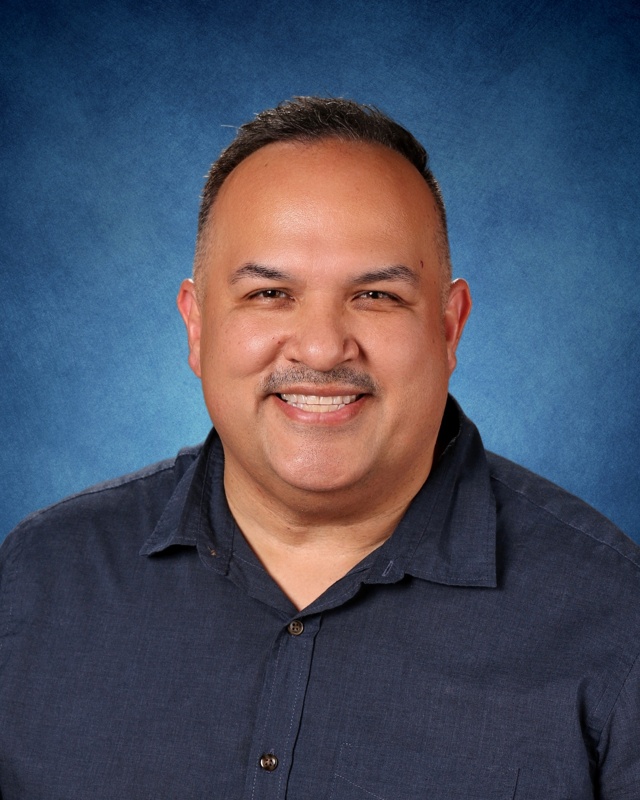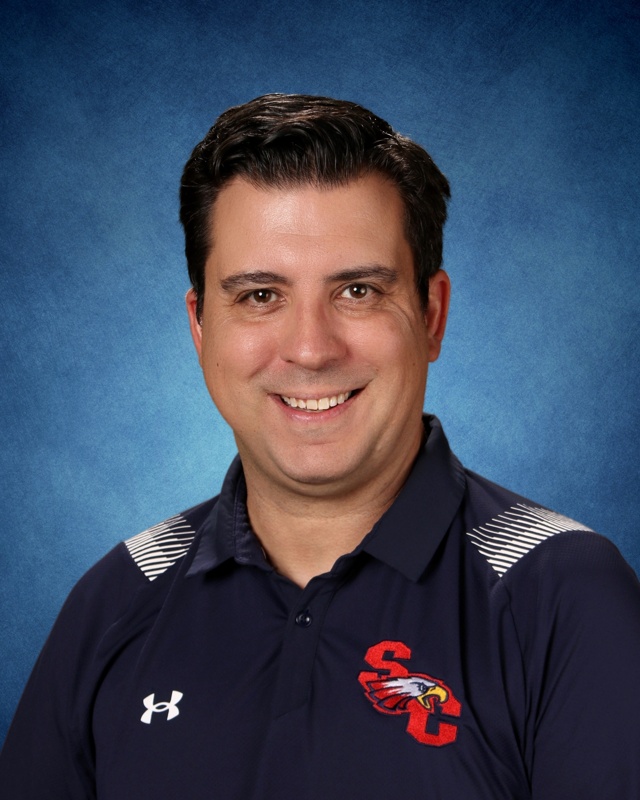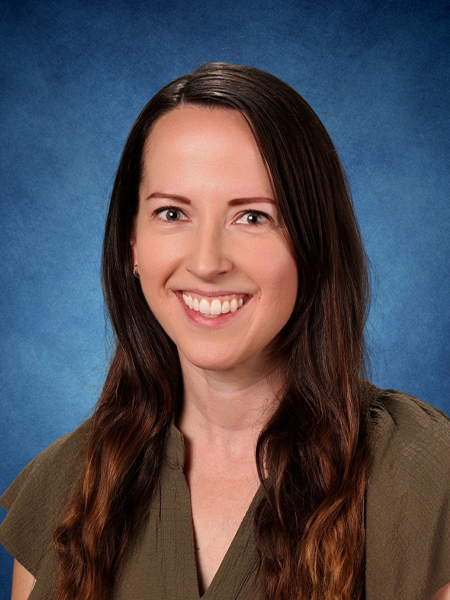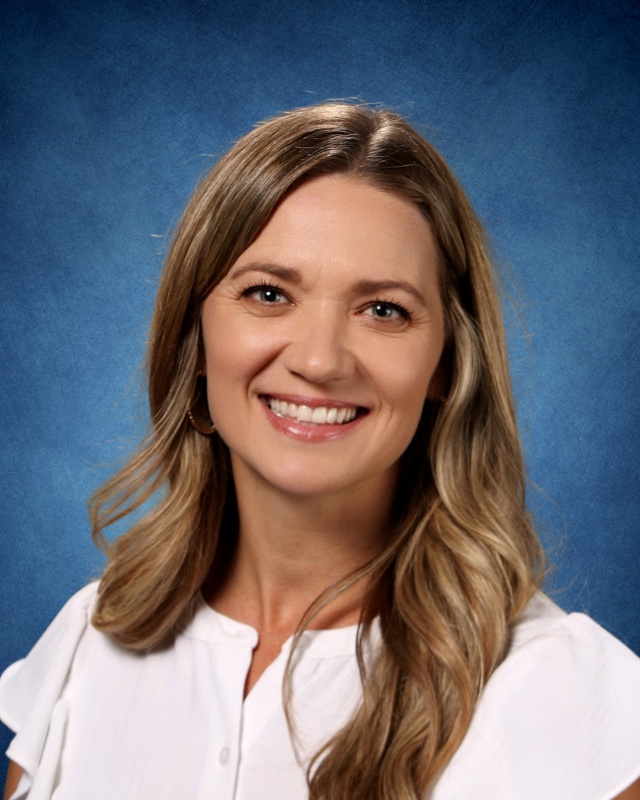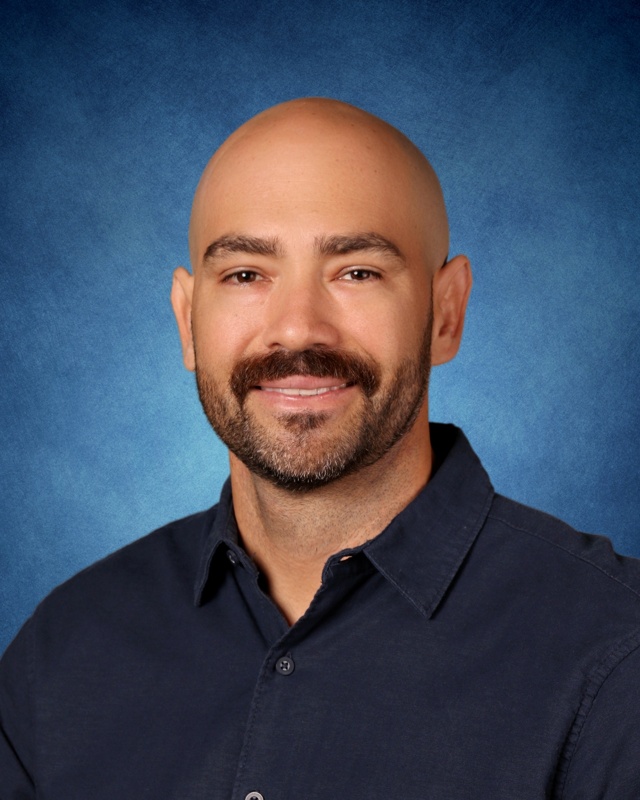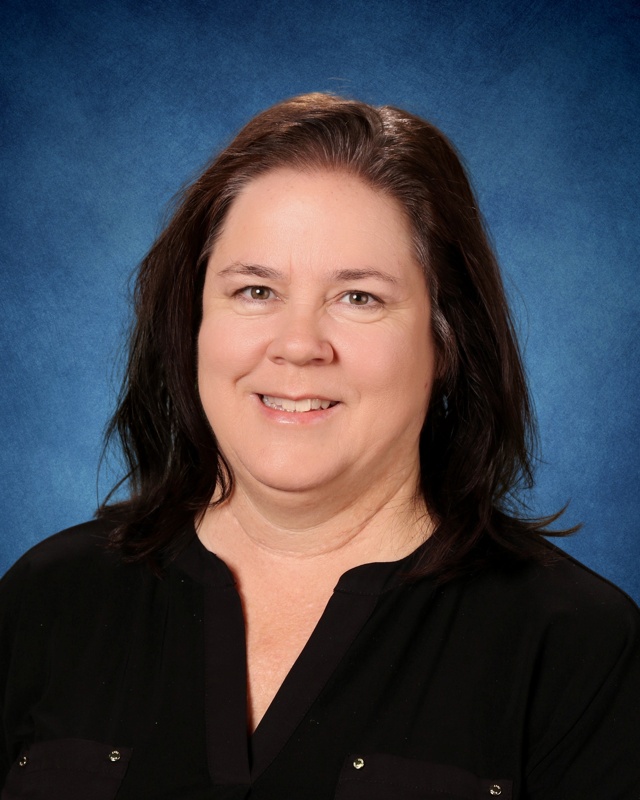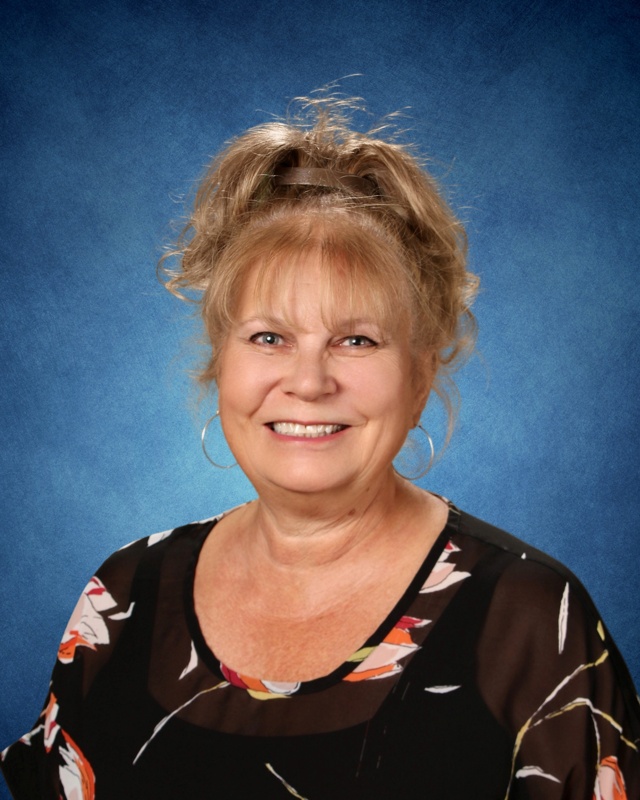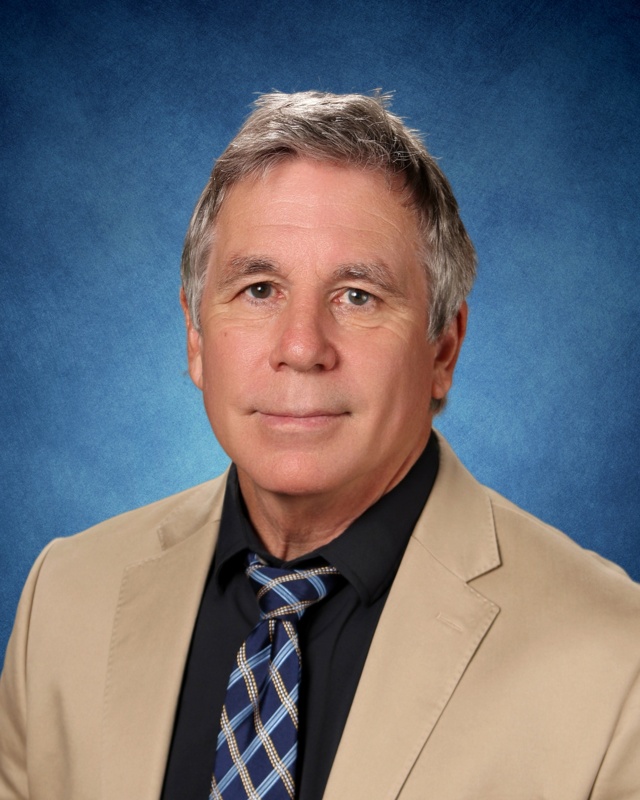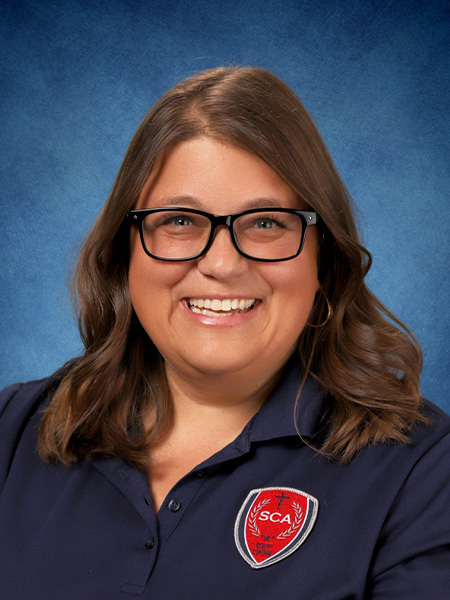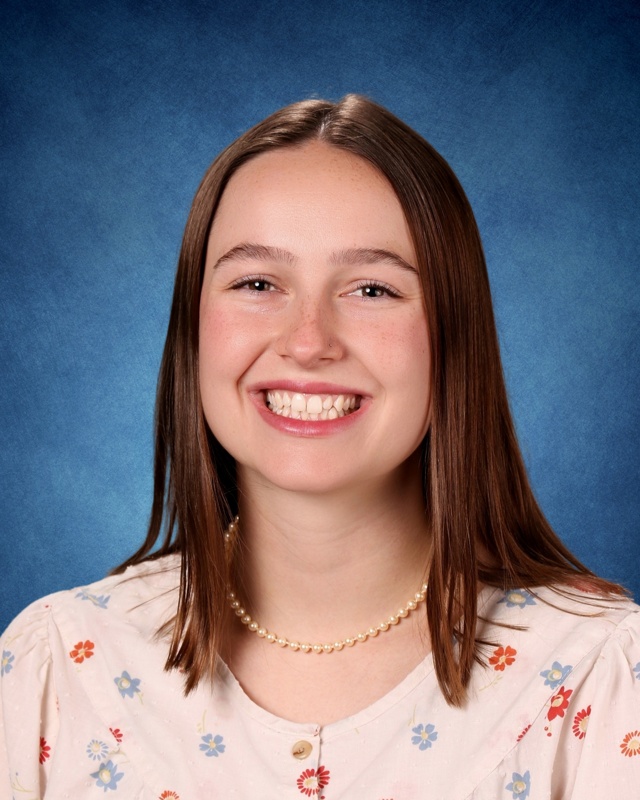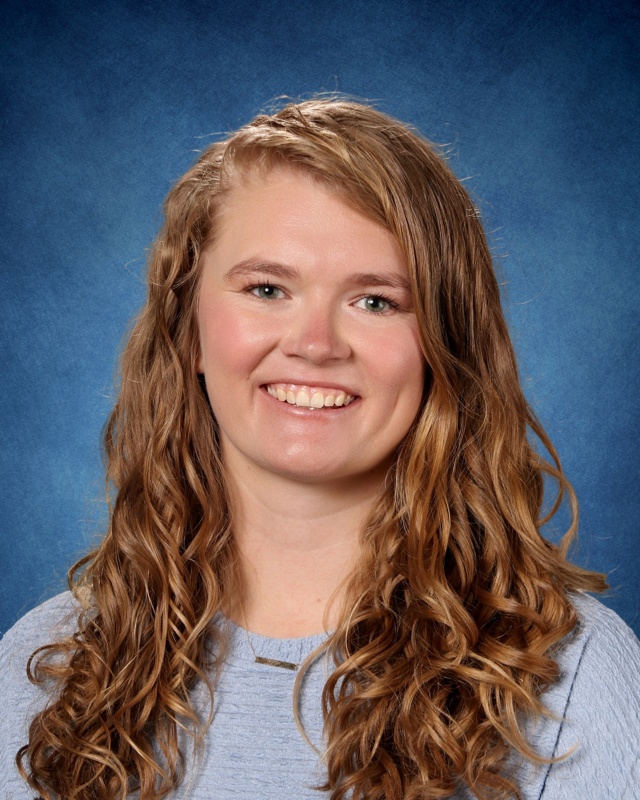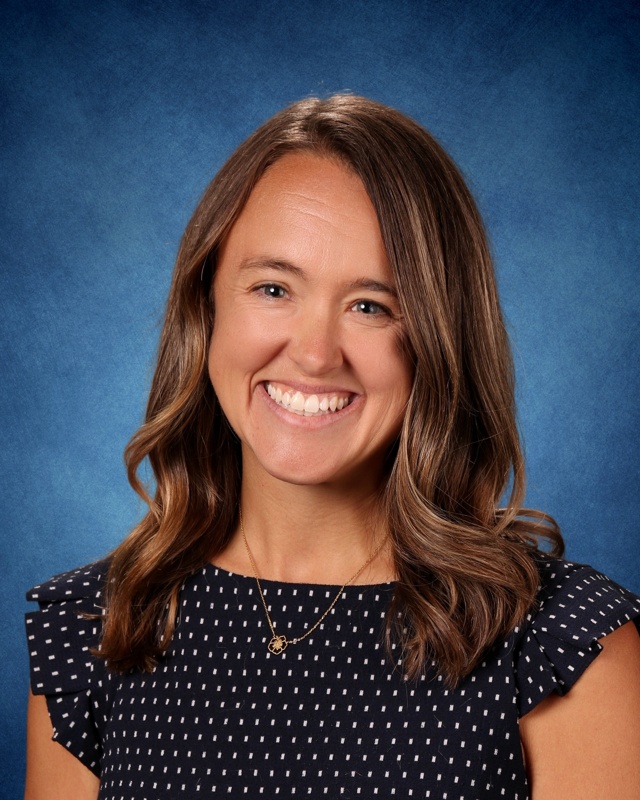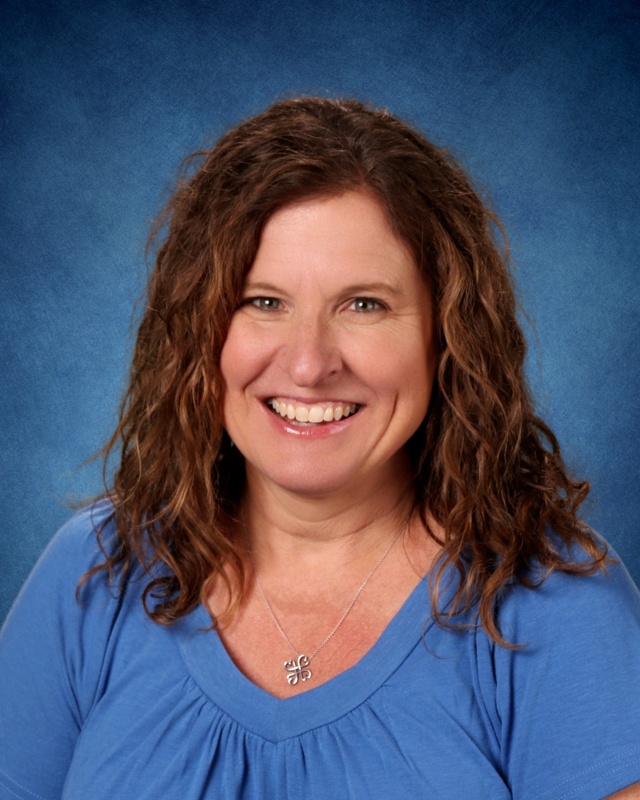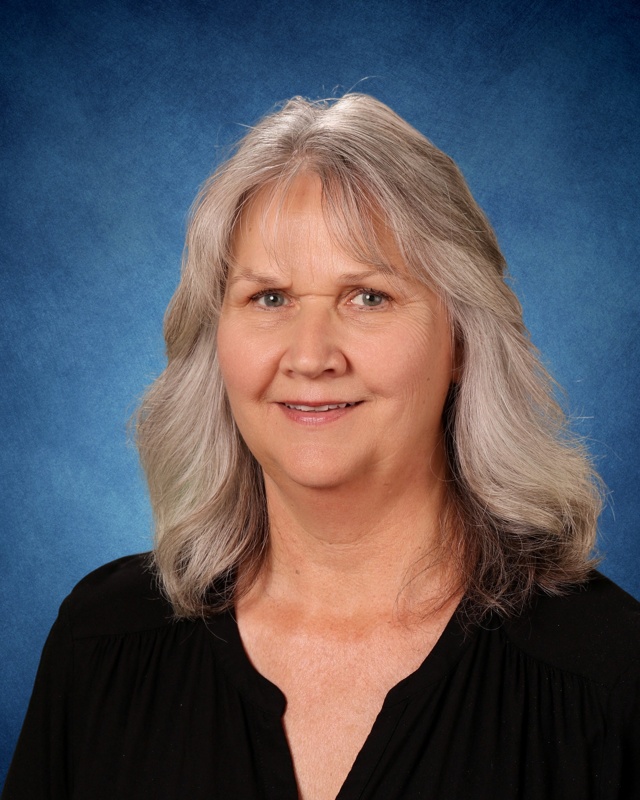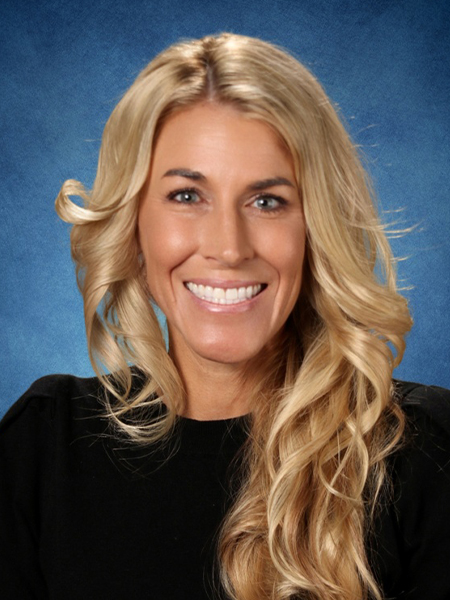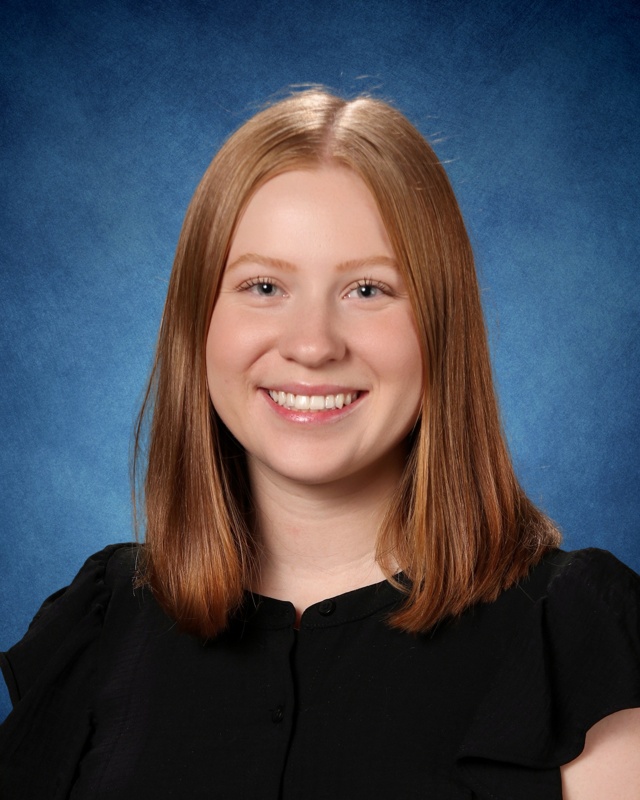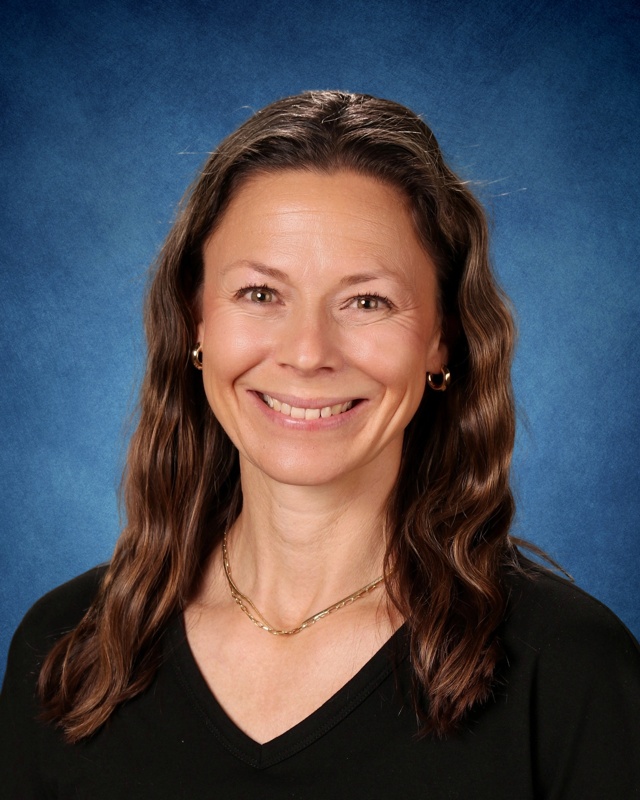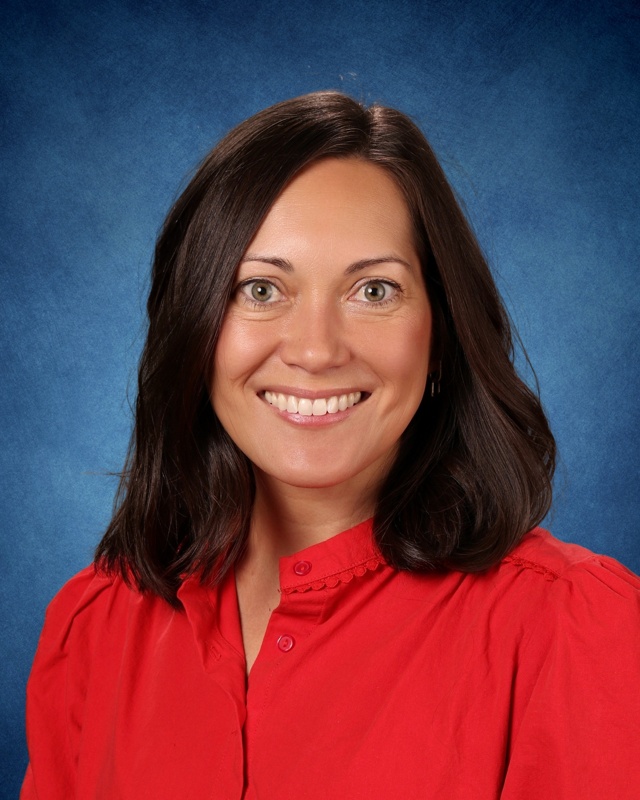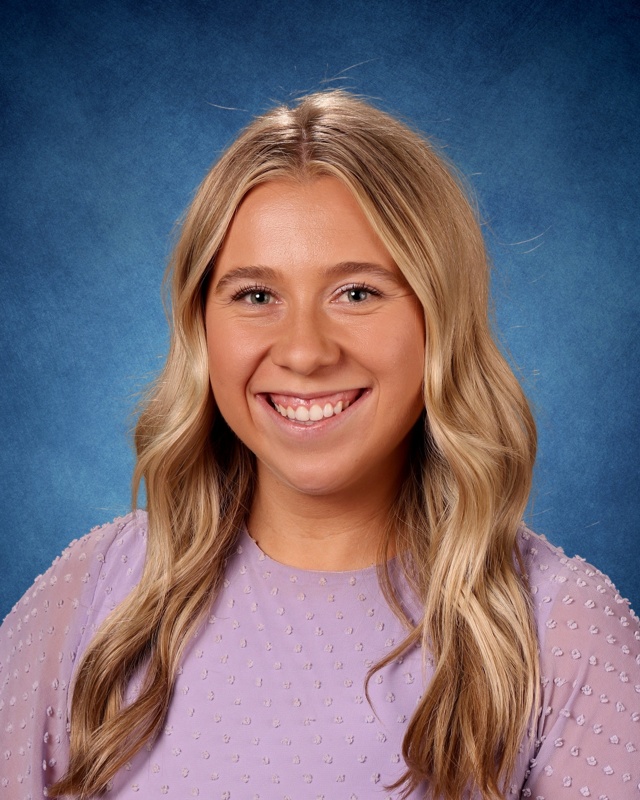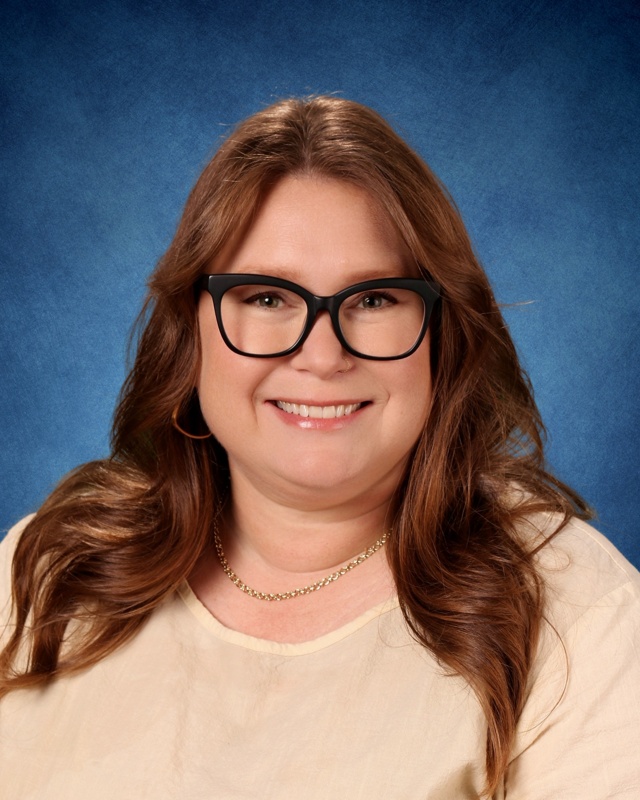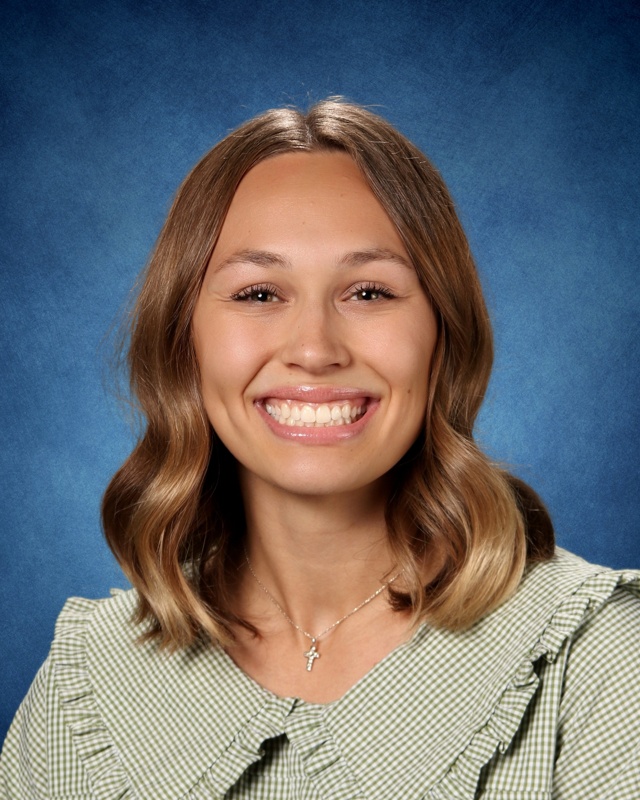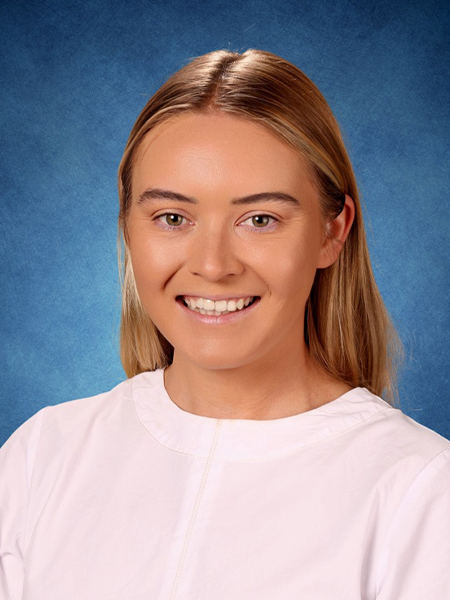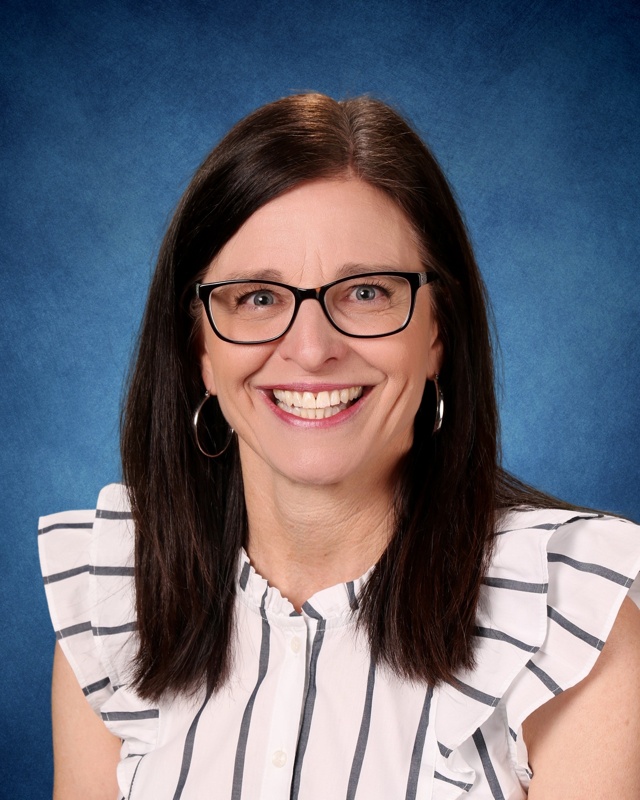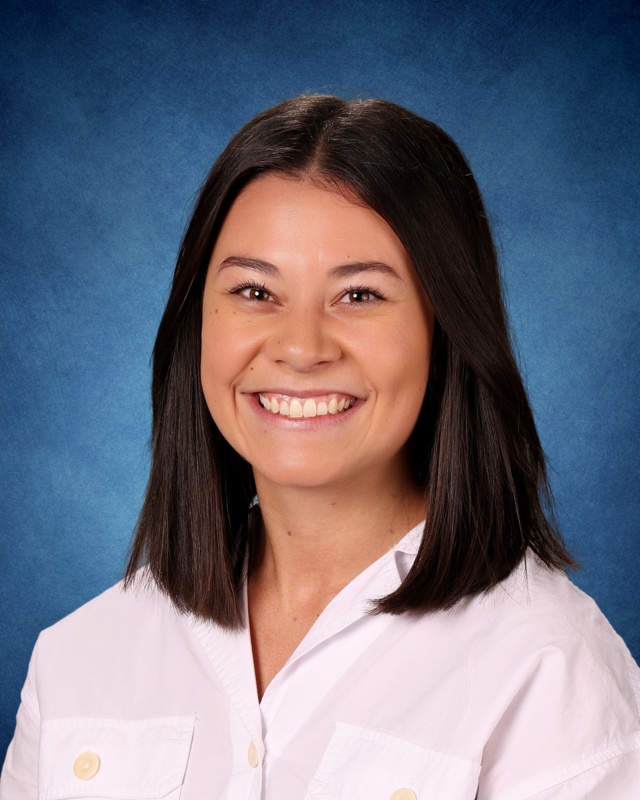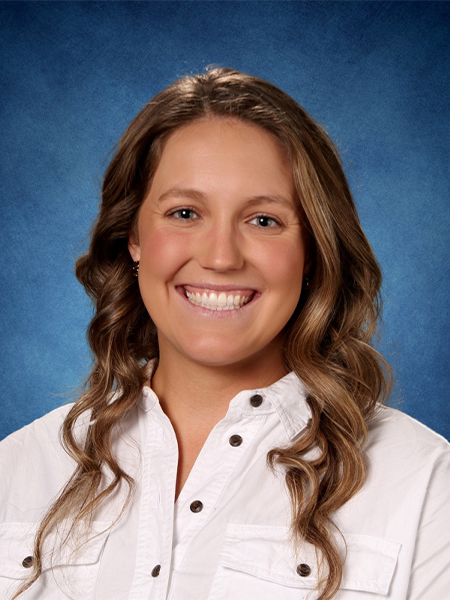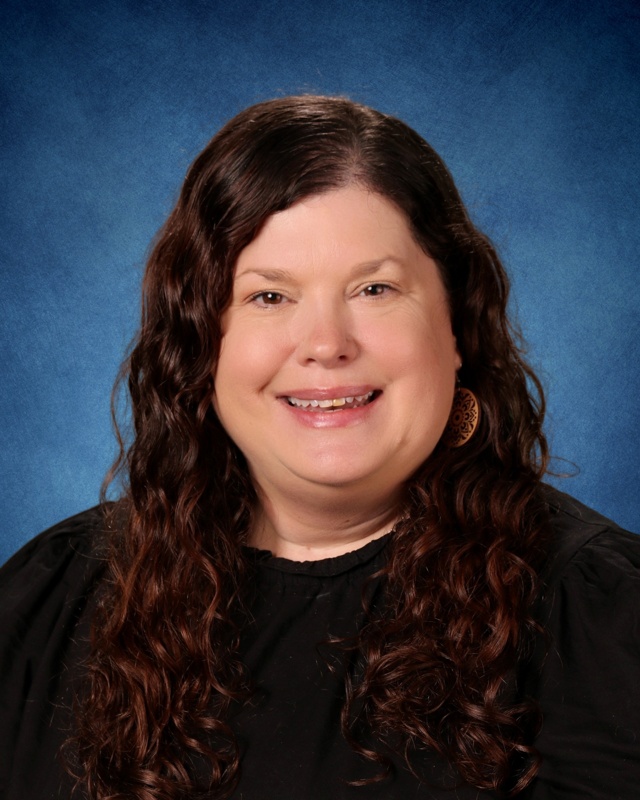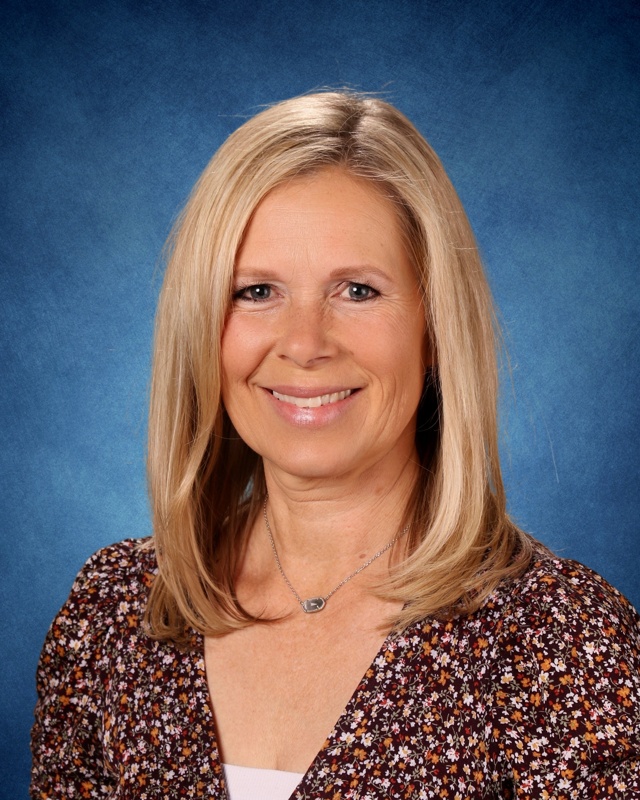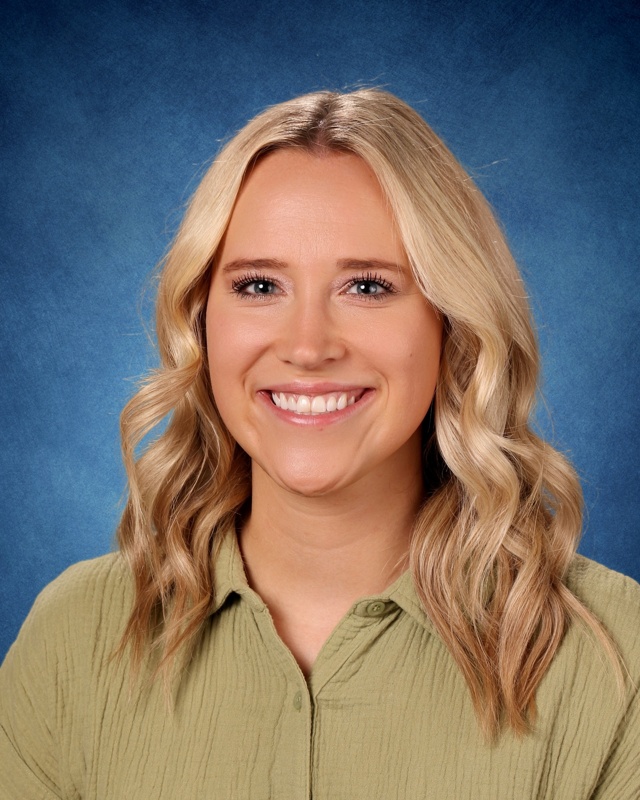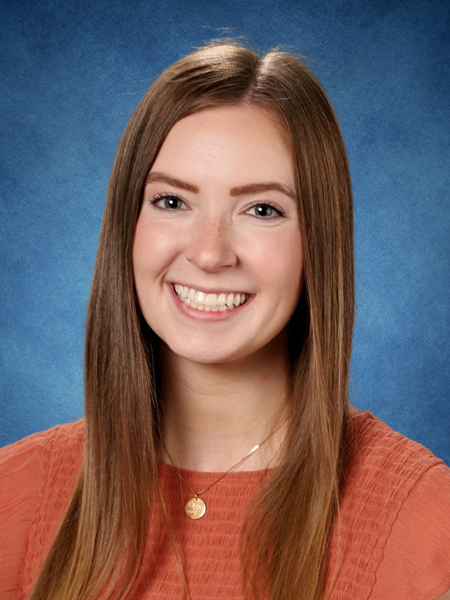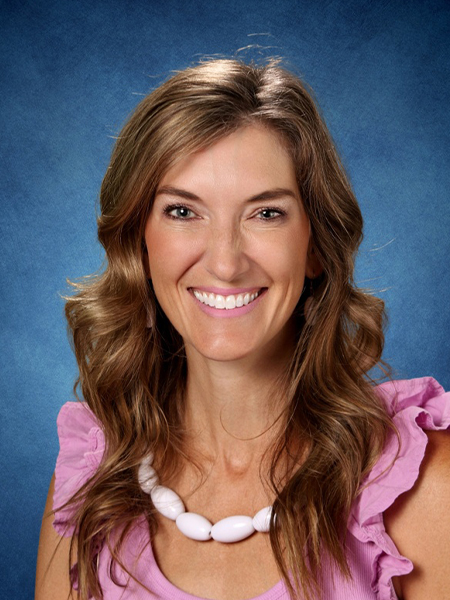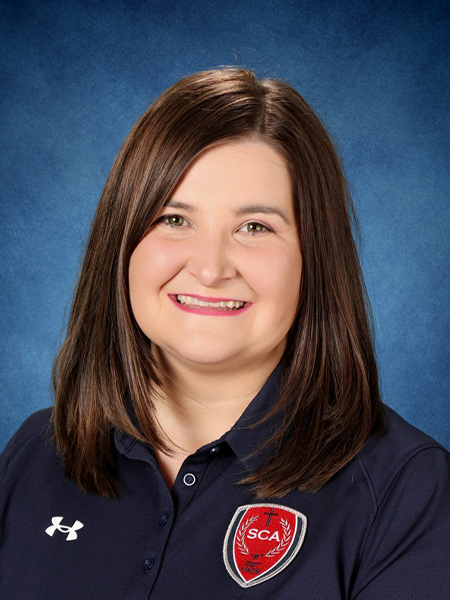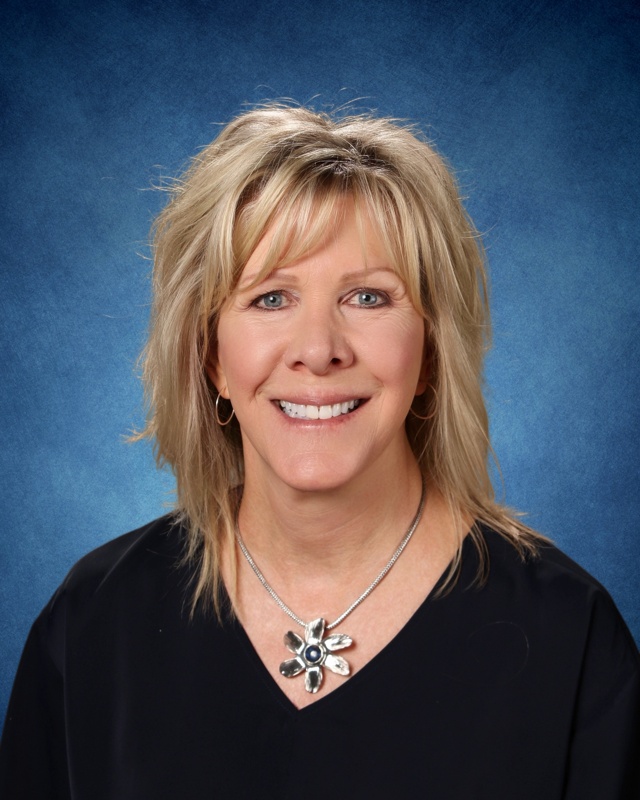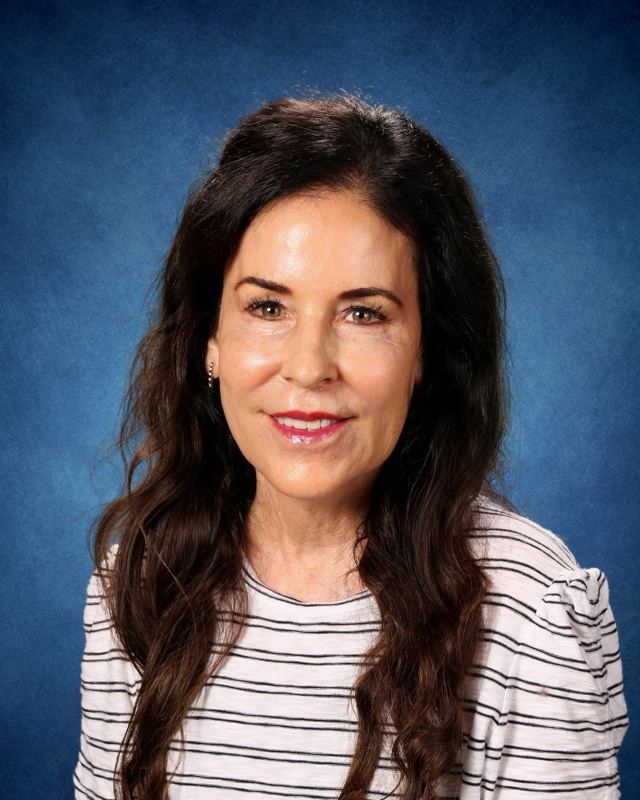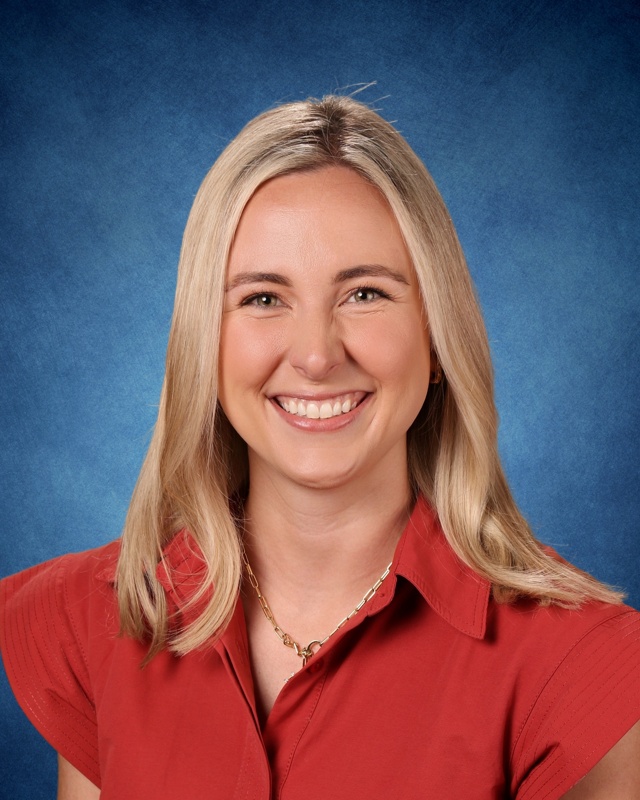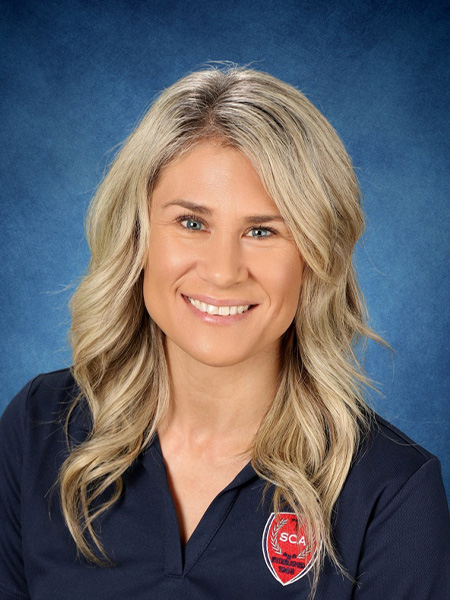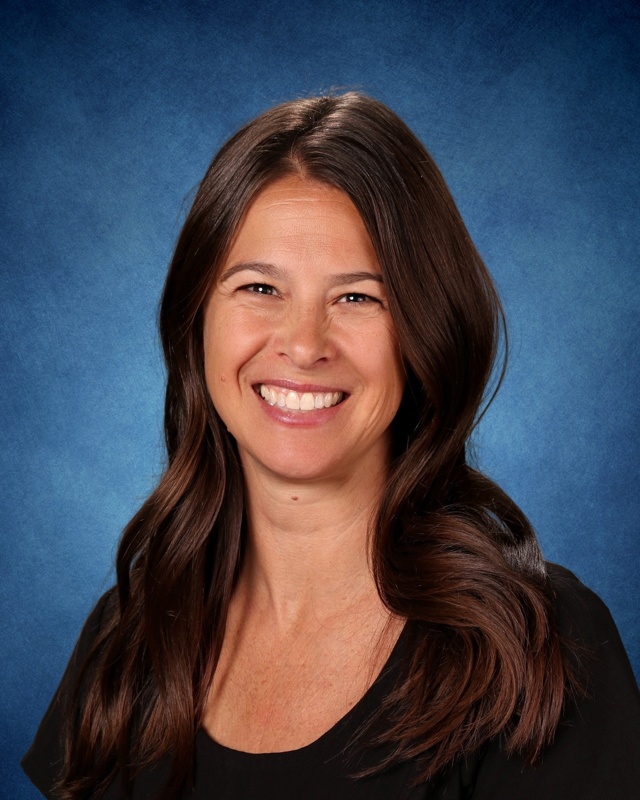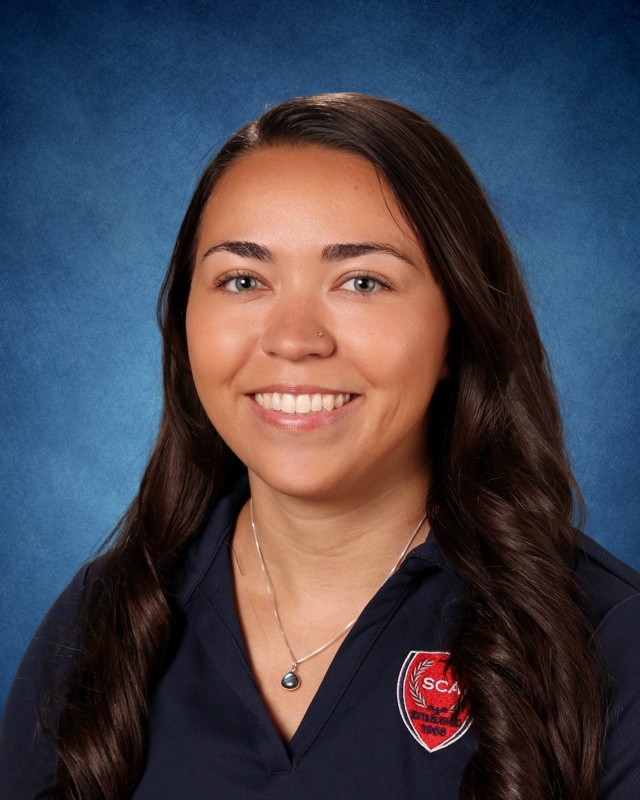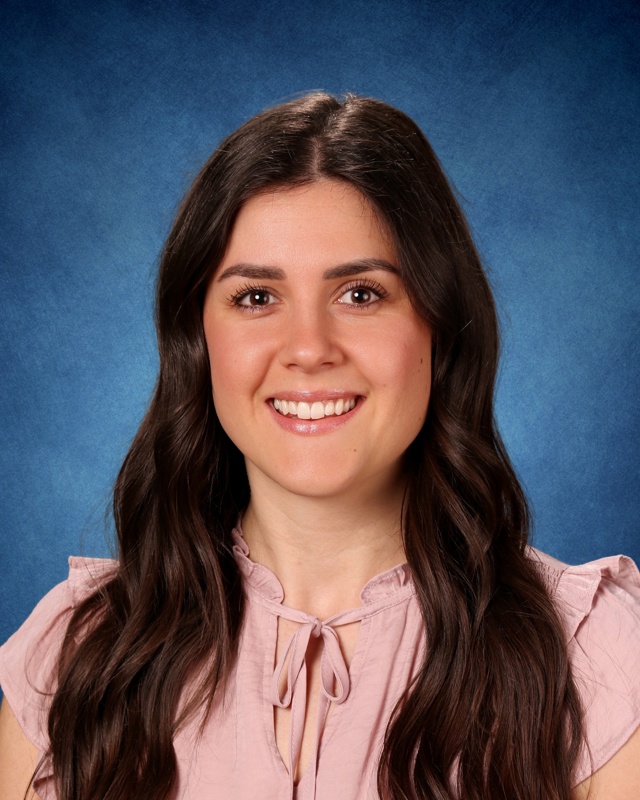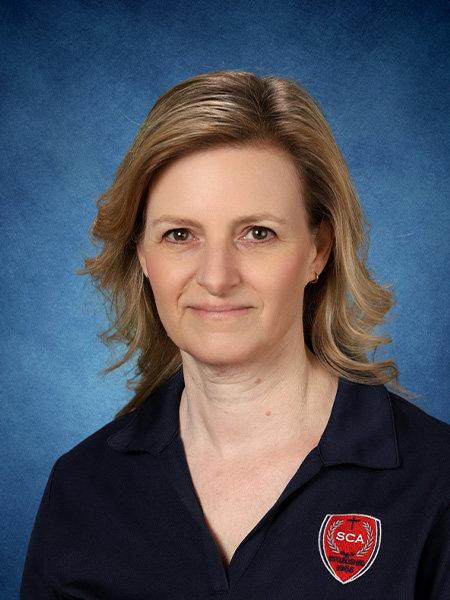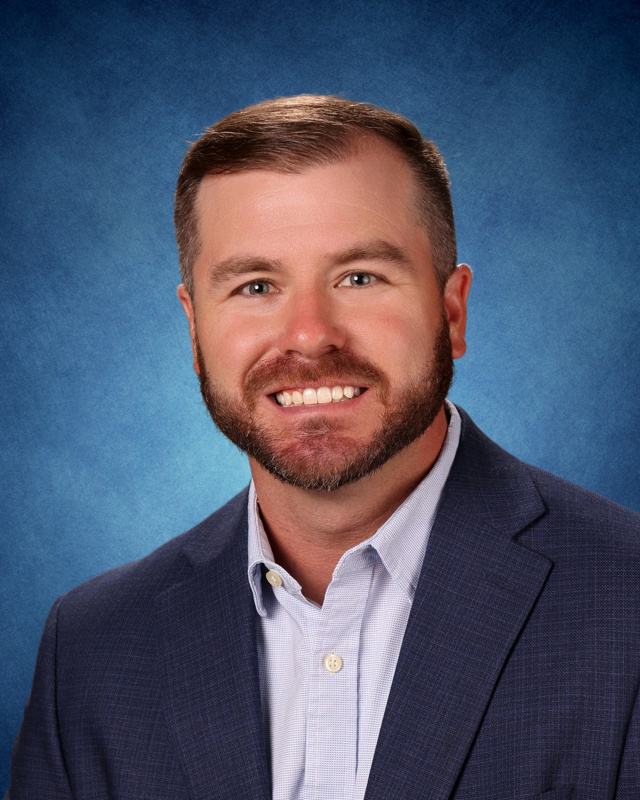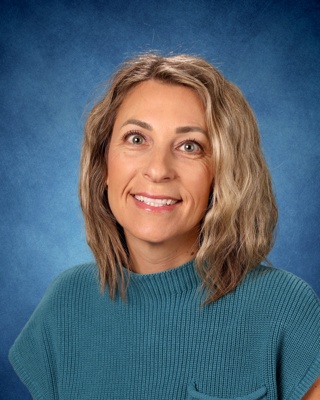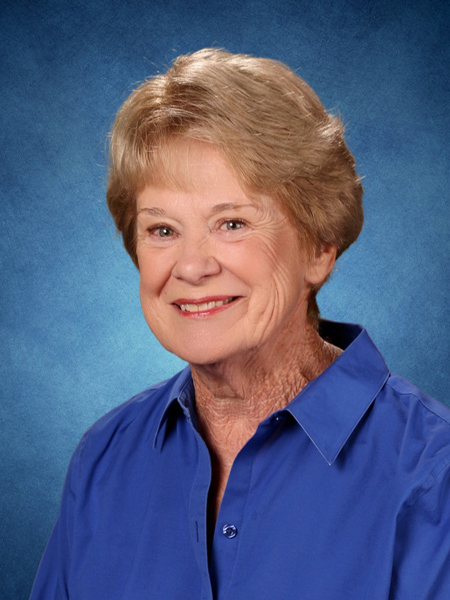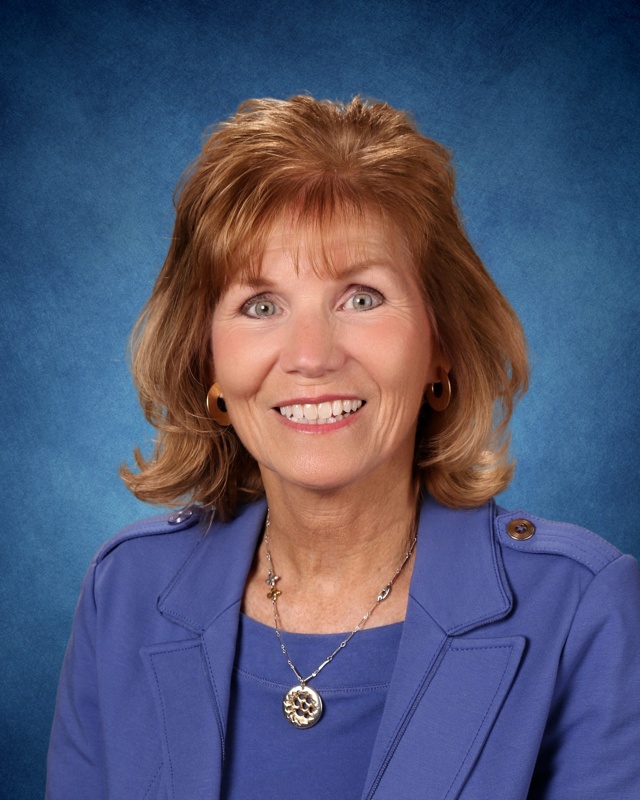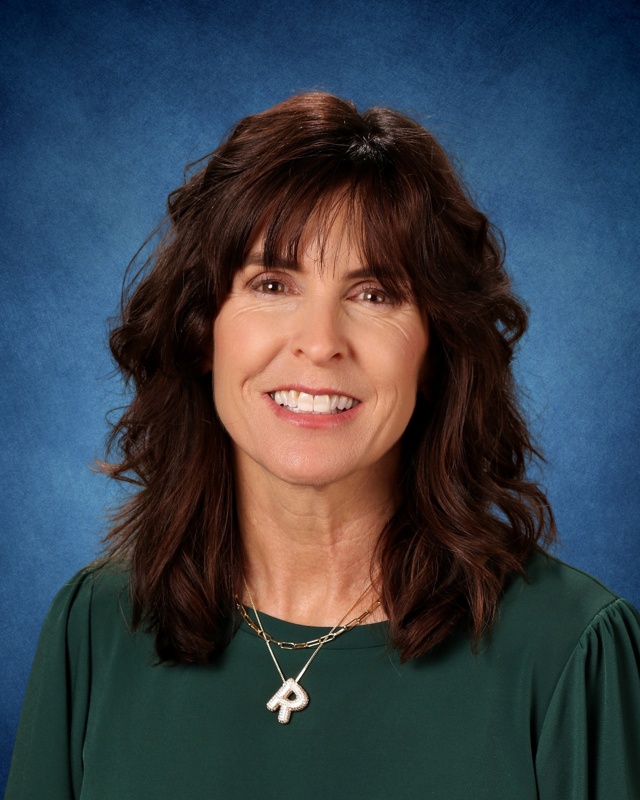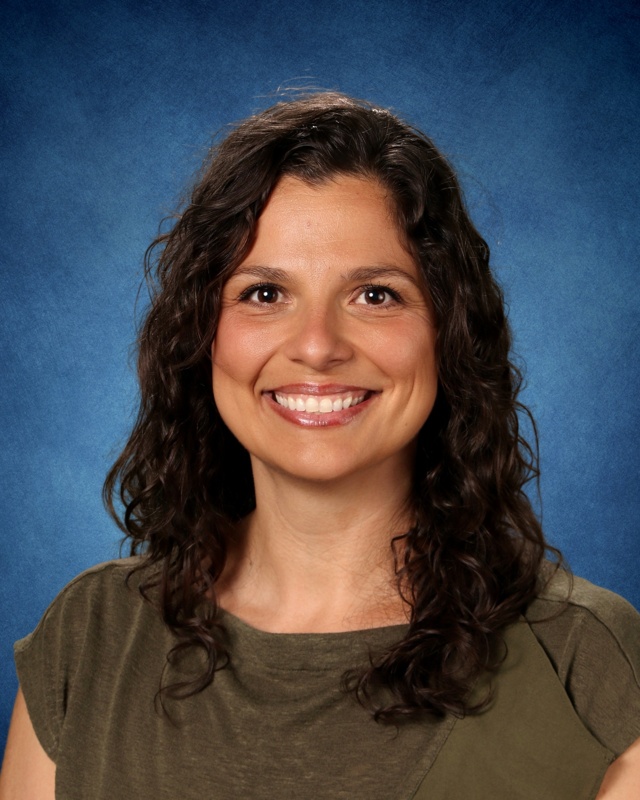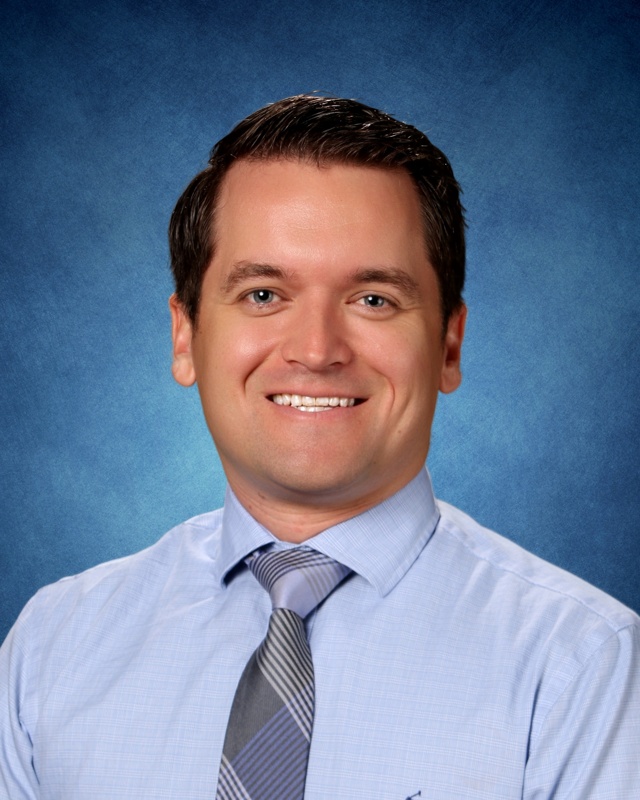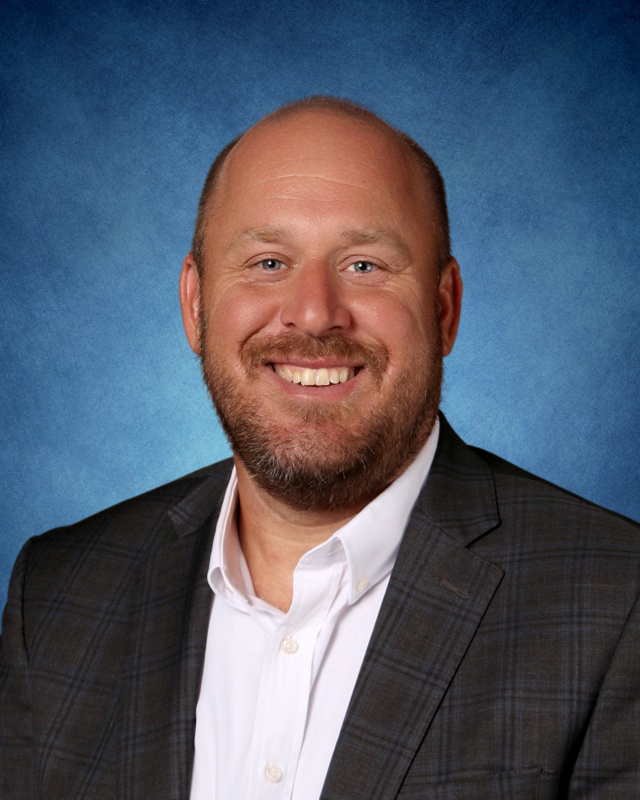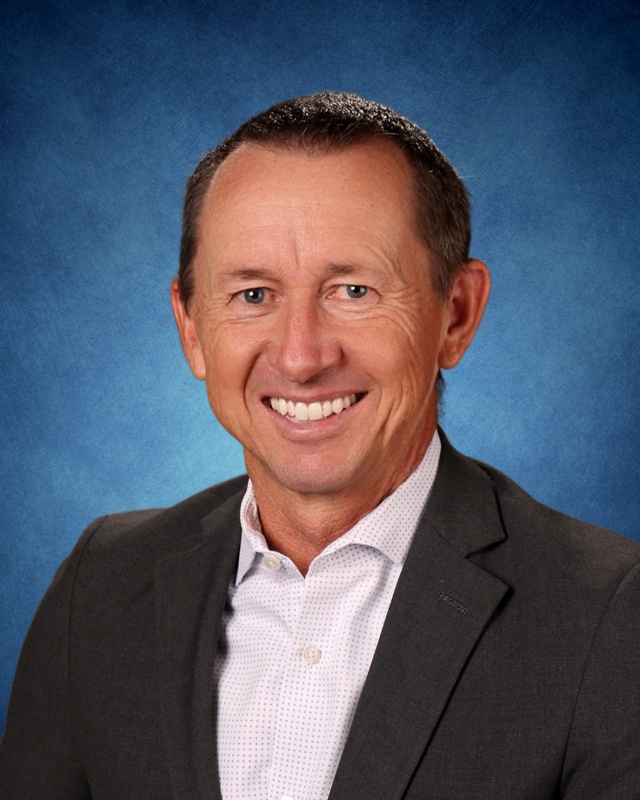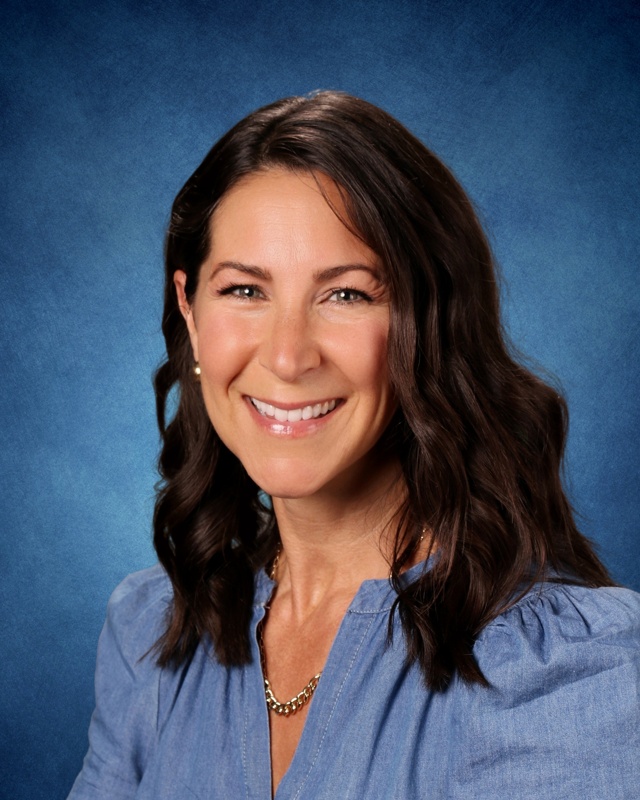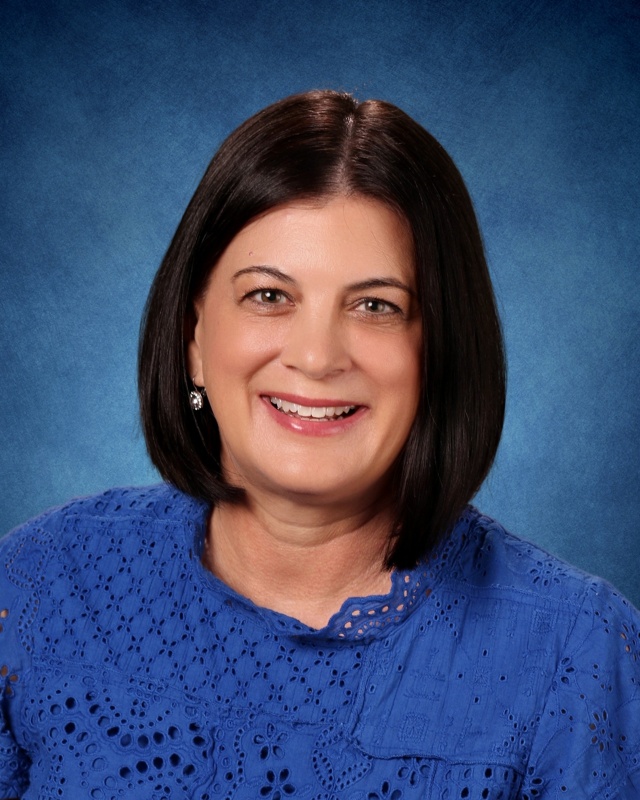BIBLE
The ACSI Purposeful Design Bible curriculum is used daily in 2nd grade and focuses on familiar children’s stories of the Bible from the Old and New Testaments. These stories provide a foundation for living with an emphasis on God’s care for us. They address life issues such as being obedient, being honest, sharing with others, getting along with others, taking turns, being unselfish, and telling the truth. Students are encouraged to have a heart for world missions by learning about people and their customs throughout the world. Students attend chapel, learn memory verses, sing praises and spend time in prayer. Our goal is to show our students that the truths of the Bible are real and practical to help them learn of Jesus Christ and His love for us.
LANGUAGE ARTS
Reading and Literature
The BJU Press Reading 2 curriculum is a comprehensive reading program. Second graders will read a variety of genres: realistic fiction, historical fiction, fantasy, fable, folktale, tall tale, article, Bible account, biography, drama, mystery; Main character, character development, motives, traits; Setting, plot, point of view, fanciful elements, idioms, imagery, similes, figurative language; Poetry: rhyme, rhythm, repetition, onomatopoeia, alliteration. In addition to whole group instruction, children also have small group and individualized instruction for the purpose of addressing specific needs and abilities. To enrich their reading experience, they take part in numerous book reports. Throughout the year, the book reports offer children public speaking opportunities at an early age and help develop a love for reading. Students are required to participate weekly in an Accelerated Reading (AR) program. This program has students reading books at their independent reading levels and taking periodic quizzes over these books. The goal of the AR program is to create a love of reading and increase reading comprehension skills.
Grammar
The BJU Press elementary English program integrates various components essential for clear communication in English, including writing, grammar, mechanics, listening, speaking, and visual literacy. It aims to provide students with a strong foundation in English language arts to fully appreciate and utilize language. Students learn parts of speech in a sequential manner, mastering English conventions through consistent review and practice. They engage in proofreading activities to analyze and correct grammatical errors in writing. The program encourages writing in different genres, such as opinion pieces, informational texts, and narratives, supported by teacher modeling and student collaboration to apply their skills in real-world contexts.
Handwriting
Students in 2nd grade utilize the Learning Without Tears program. They review manuscript writing.
Spelling and Phonics
Spalding’s Writing Road to Reading, a total language arts program, integrates essential research-based components, an educational philosophy, and a methodology consisting of time-tested principles of learning and instruction. The Spalding Method is explicit, sequential, multisensory, and diagnostic. Students learn the purpose for every task and are active participants throughout Spalding lessons. Daily observations and assessments enable teachers to tailor instruction to meet each child’s individual needs: English Language Learners of all ages, Special Needs Students and Gifted. Thus, differentiated instruction is embedded in The Spalding Method. Spalding teachers believe that students’ physical and mental well-being is a primary concern and that all children can learn.
Writing
Using the BJU Grammar curriculum, students are systematically taught the writing process for six different types of writing assignments, such as a friendly letter, instructions, opinion paragraph, and more.
Public Speaking
Scottsdale Christian Academy believes in building student confidence and communication skills early in their education by providing students numerous public speaking opportunities. Students from K-5th grade are given classroom oral reports several times a year with the additional possibility to publicly address the entire elementary student body in Chapel. With the new global, technologically advanced society surrounding our youth today, SCA believes it is imperative, more than ever, to provide a foundation and enable students to cultivate public speaking at a young age. Expressing thoughts and ideas still remains the cornerstone in any profession or relationship. Development of public communication skills early in life allows students to position themselves for optimal success.
MATH
enVision Math( Savvas) is a comprehensive mathematics curriculum for Grades K-8. It is organized to develop mathematical content connections with built-in connections across lessons, across topics, across strands, and across grades. When students connect ideas, they deepen their understanding. enVision Math is organized into clusters of connected topics and lessons. Students learn to see relationships, ask questions, and try different approaches. Since the goal and promise of enVision Math is to develop understanding, the math practices are infused in all aspects of the program. Finally, enVision Math grows from the organization of the program and the core instructional model used daily. However, there are many other elements that contribute to making enVision Math a high-quality curriculum. Throughout the program, students at every grade level will make sense of problems and persevere in solving them. enVision Math provides a wide variety of differentiation resources and strategies. Tiered activities, learning centers, flexible grouping, and technology help accommodate learning styles and readiness. enVision Math also allows students and parents to access online tools from the math curriculum. This online suite allows students and parents access to lessons, practice, videos, and assessments.
MUSIC
Students in 2nd grade attend music class twice per week. SCA’s music program focuses on creating a love and awareness of music in daily life. Children are encouraged to have a heart for worship and glorifying God, while learning rhythms and vocal pitches through dance and games. Student objectives are based on both National Music Standards and SCA values.
SCIENCE
Students use the Purposeful Design Science Series which weaves together the wonders of the created world and a Biblical worldview. The National Science Education Standards specify content requirements for each grade which are fully met in this series. Additionally, students gain proficiency in using the scientific method and a variety of technical resources to conduct scientific investigations. Students in Second Grade will study: Life Science (Plants, Vertebrates, Invertebrates, Habitats), Physical Science (Energy, Light, Heat), Human Body (Sound and Hearing, Sight and Touch, Taste and Smell), and Earth Science (Weather, Ocean).
HISTORY
BJU Press Heritage Studies 2 equips students to live wisely in their world. Students learn to evaluate society and their role in it through the lens of God’s Word. They develop an understanding and appreciation of both the past and present through real-world activities, personal stories of individuals, and development of the tools needed to sustain lifelong learning.
TECHNOLOGY
Students in 2nd grade attend technology class once a week. The technology program focuses on higher order skills and curriculum integration with classroom topics and activities. Computers are used to reinforce the curriculum and provide both guided and independent practice. Student objectives are based on the Arizona Technology Standards and SCA technology goals.
SPANISH
Students in 2nd grade attend Spanish class once per week. Students will be able to: respond to simple commands, understand the numbers, from 1-20, understand the days of the week, understand the time of day phrases, identify colors, greet someone and ask how they are, ask someone their name, tell someone what their own name is, express like or dislike for things, sing a short and simple song, use and respond to hello and goodbye, use and respond to please and thank you.
ART
Students in 2nd grade go to art class once per week. They begin using more intricate tools and materials to help the development of their fine motor skills. They learn to develop patterns, build on line, and create form, shape and texture. They compare objects for size relationships, and they observe design patterns in natural organisms such as fish and leaves. They continue their study of master artists. Students work on fine tuning their cutting skills and are encouraged to add more details for a finished masterpiece. Second graders continue their study of master artists through the Art Masterpiece program. It is a national art enrichment project that uses reproductions of fine works of art to promote art literacy in children. Parent volunteers bring the prints to the classroom and present a lesson planned for 2nd grade. Art Masterpiece lessons are taught approximately six times per school year. They usually consist of a “hands on” project. The purpose of the lesson is to increase the child’s awareness of art. As this occurs, students can recognize more of the art that they encounter in their world every day.
LIBRARY
Second graders strengthen their literary skills in the library every week. They learn a new vocabulary word, explore literary elements, and are introduced to new types of books. Second graders also work on improving their reading comprehension and fluency though the AR (Accelerated Reader) program. The librarians assist them in choosing books that are suited to their level, and once the students have read the book, they can take a test to measure their comprehension. As students read books, they can earn points and challenge themselves by meeting individualized point goals. Another fun aspect of AR is that students can keep track of how many words they have read. Second graders are recognized for reaching new word count levels, starting at 50,000 words going all the way up to 1 million words!
FIELD TRIPS AND SPECIAL ACTIVITIES
Second grade students will attend one field trip per quarter. They will go to the Wildlife Zoo, attend a theater production, go to a candy factory, and visit a bank and restaurant. Each trip is designed to correspond with some unit of study in the classroom. Throughout the year, second grade students will also be involved in special activities created by their teacher to match various units of study. Creating dinosaur pillows is one of the beloved activities!
INNOVATION AND CREATION HUB
Each elementary homeroom class visits the Innovation and Creation HUB once a week. Students focus on STEAM learning (Science, Technology, Engineering, Arts, and Mathematics). Students are provided with hands-on learning with activities centered around the problem-solving method of Ask, Discuss, Design, Create, Test and Revise. Activities are determined by the curricular units being studied in homeroom classes and are designed for age-appropriate learning. Students are encouraged to take risks whether it is designing a Moon Lander, coding a robot to engage in a specific task, or designing a piece to be 3D printed. In the HUB students embrace the four C’s: Critical Thinking, Creativity, Collaboration, and Communication. These four C’s are crucial to fostering innovators and leaders of the 21st century.
PHYSICAL EDUCATION
Second grade students attend PE class twice per week. They learn the basics of manipulative, loco motor, and non-loco motor movement. Some of the topics covered are:
• Increasing dodging and fleeing skills inside of higher competition
• Cooperation, teamwork, and encouragement
• Large muscle movement and body control
• Balance and Rhythm
• Spatial awareness
• Safety inside of activities
• Following Rules and Procedures
• Organization, and listening skills
• Using different pathways, levels, and speeds inside of activities and sports
• Increasing skills needed to succeed in activities and sports
• Practicing successful use and incorporation of all of these skills
